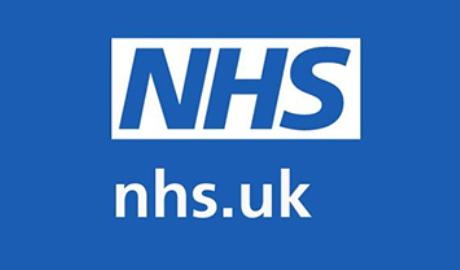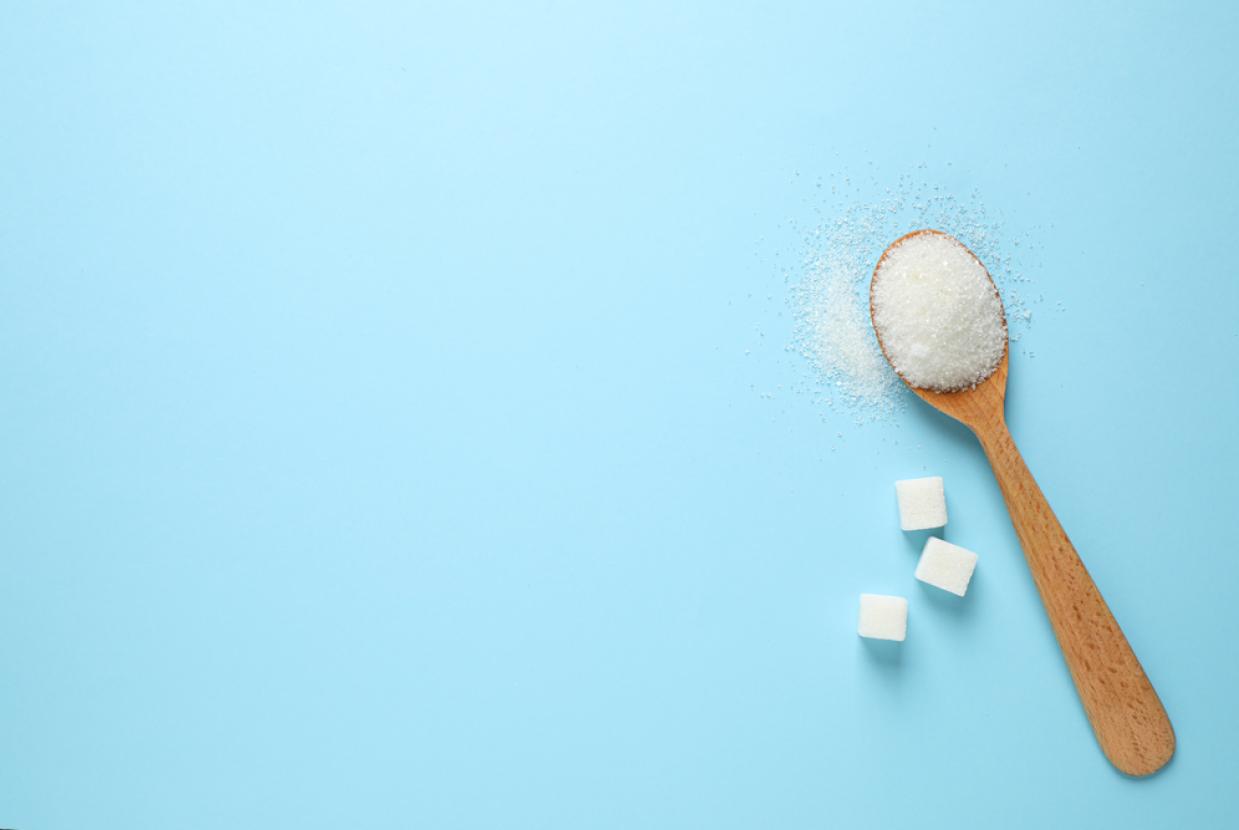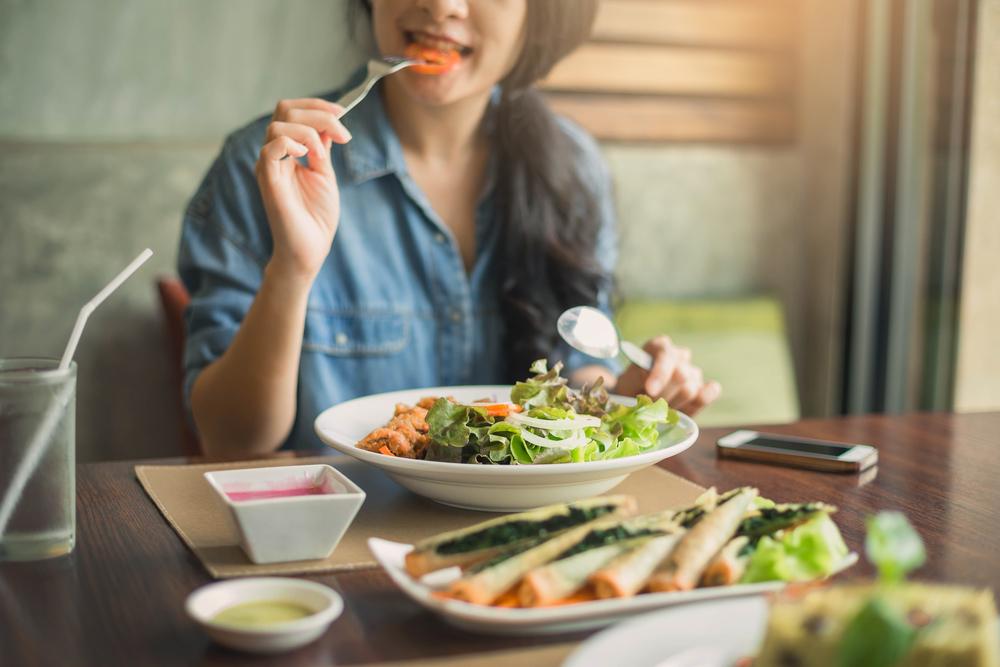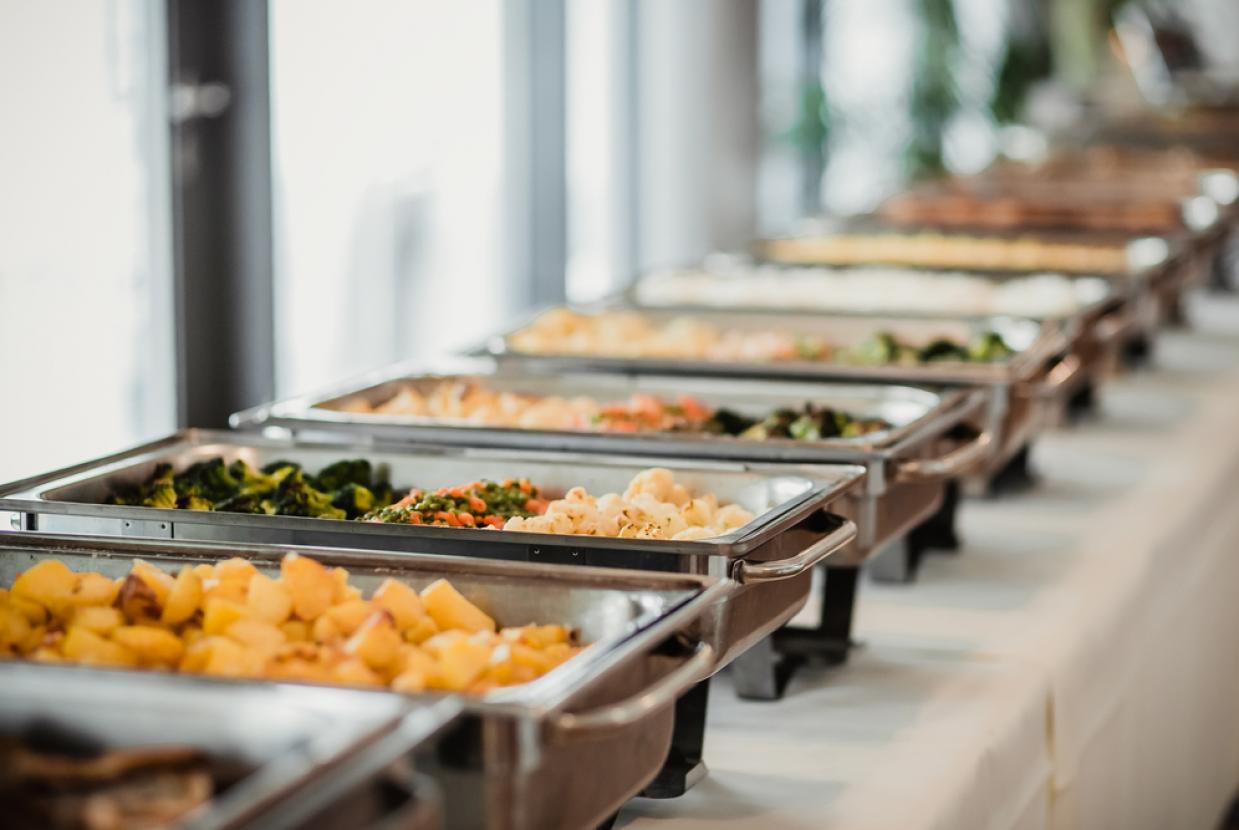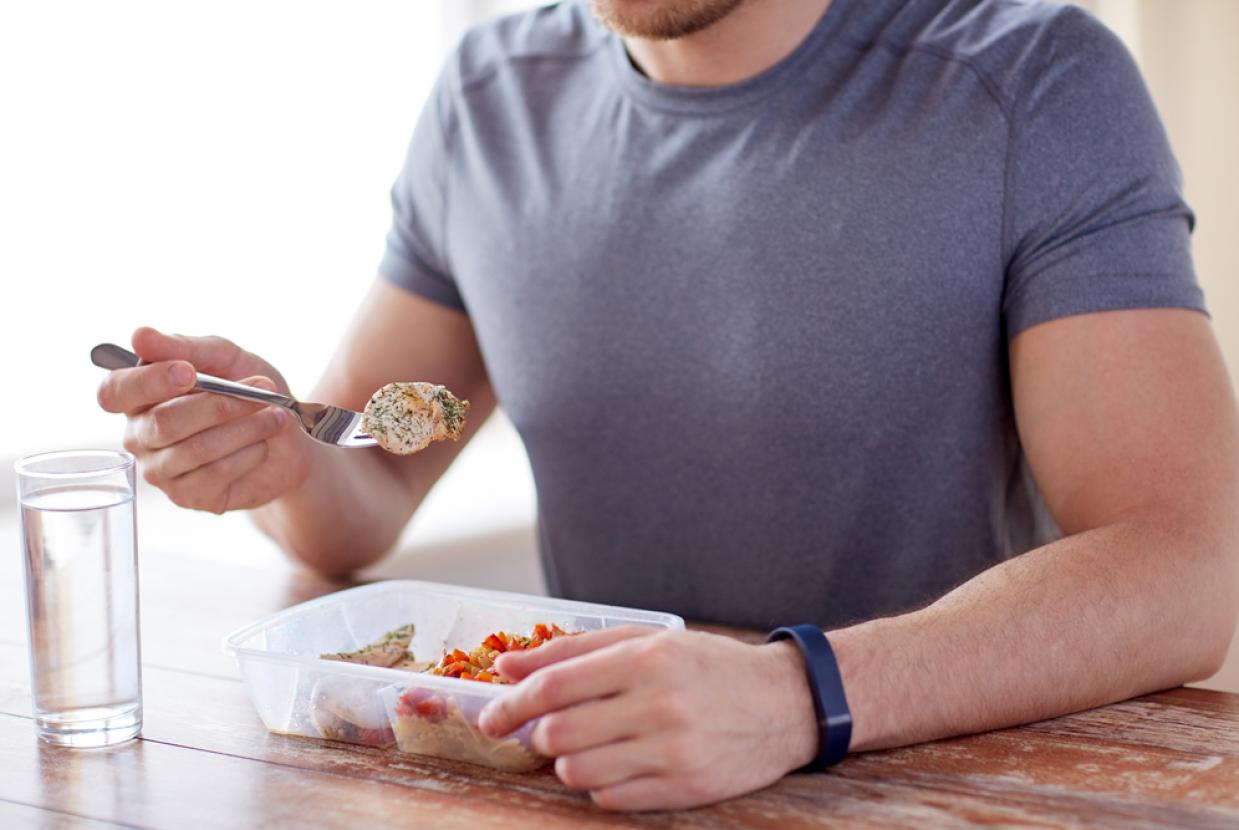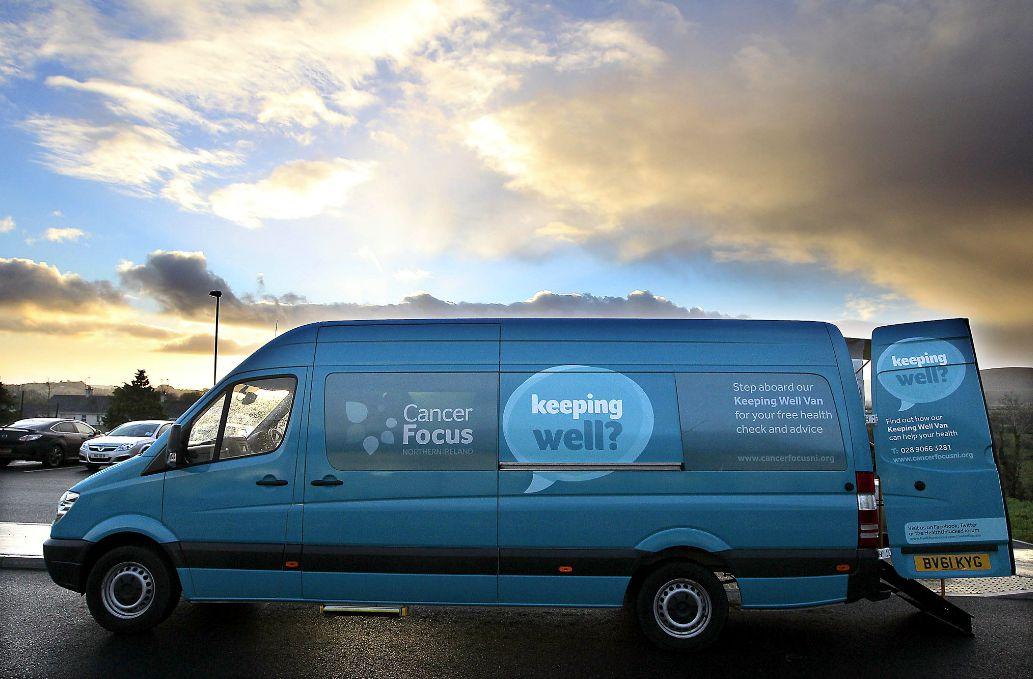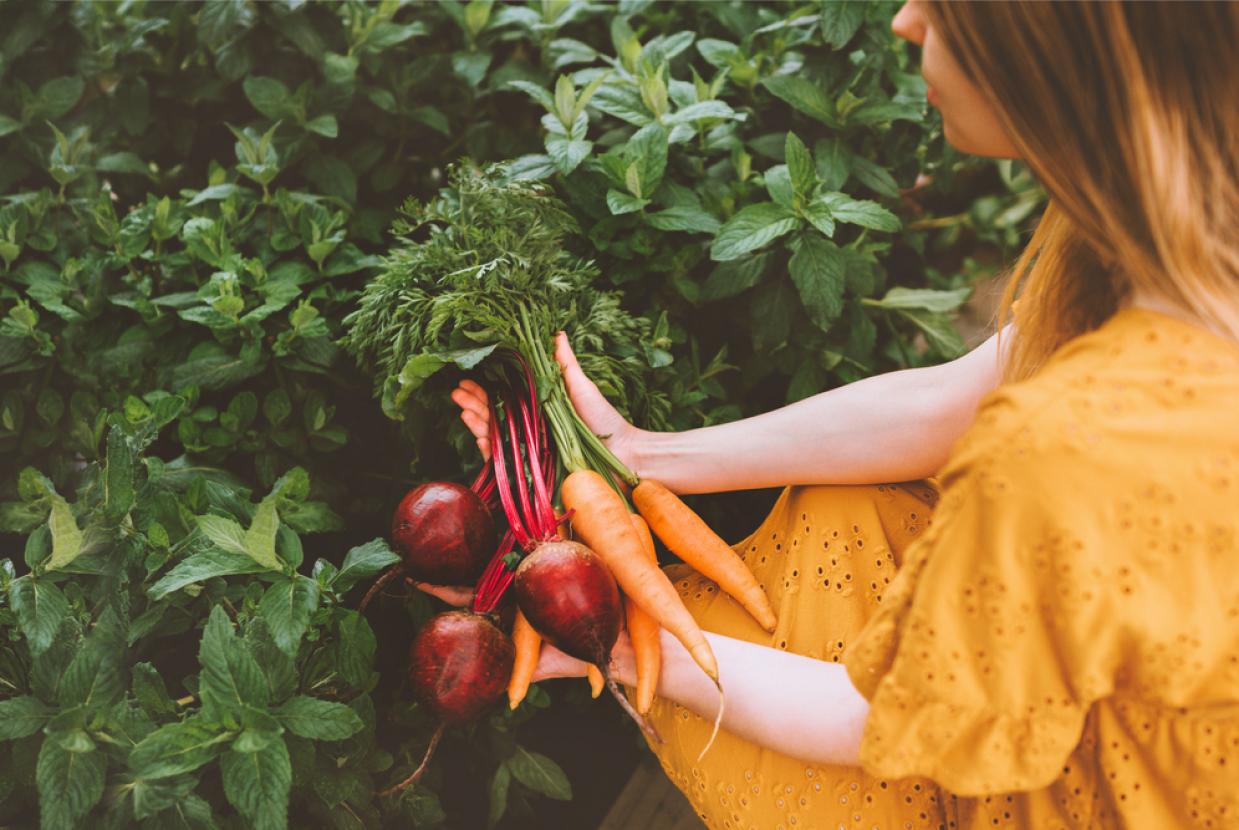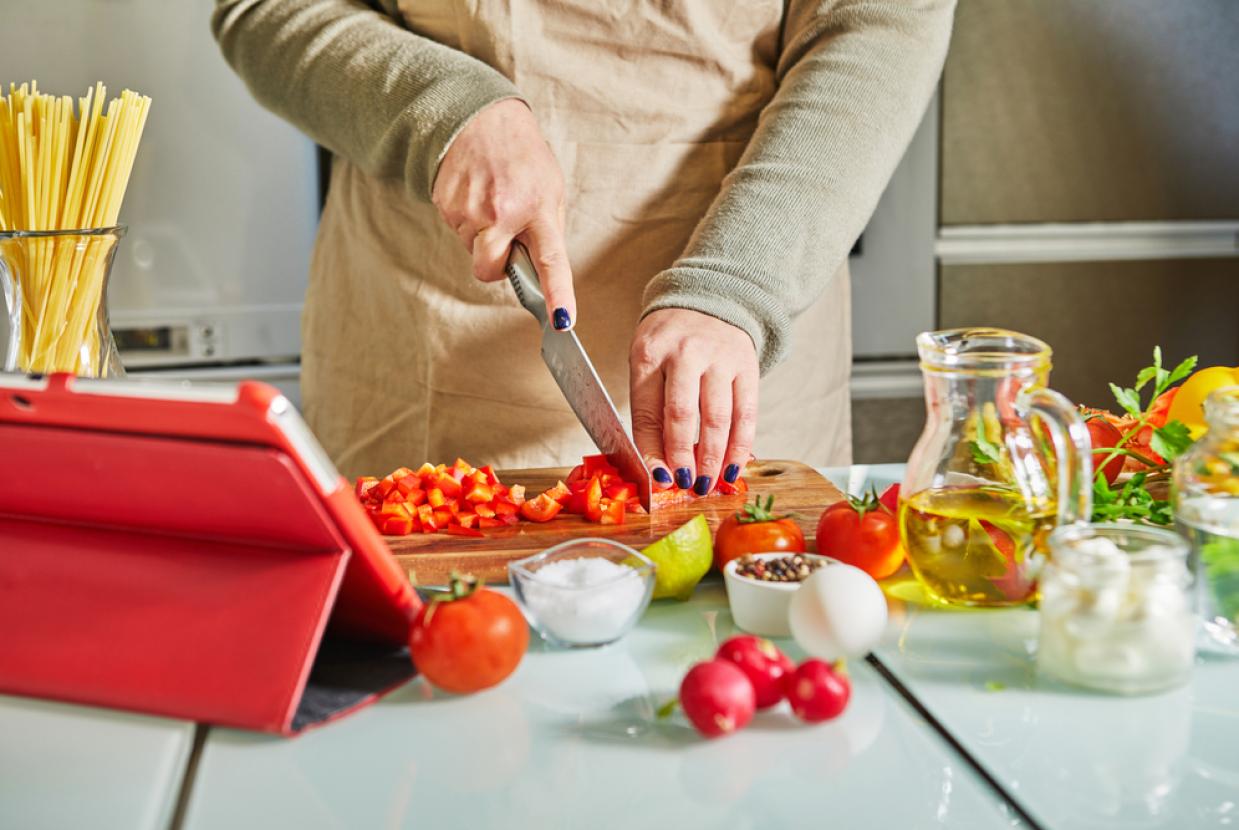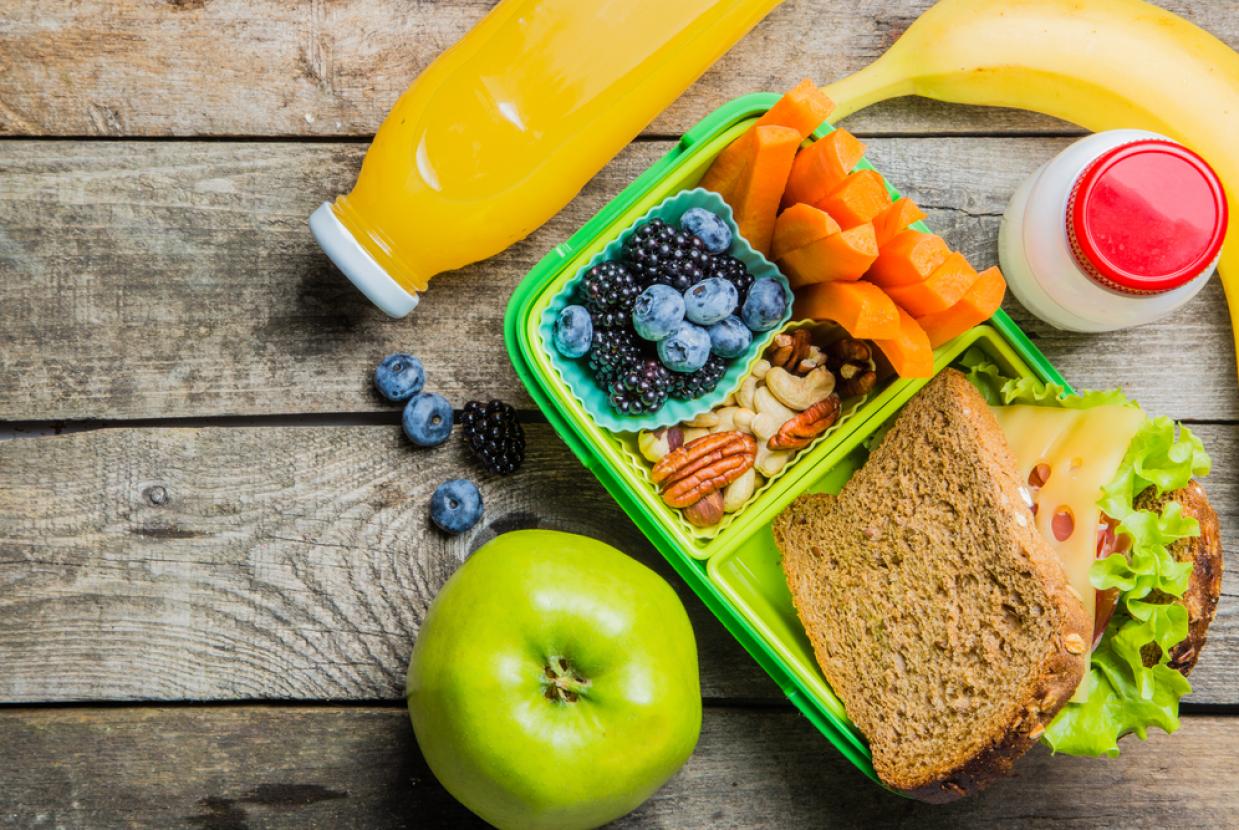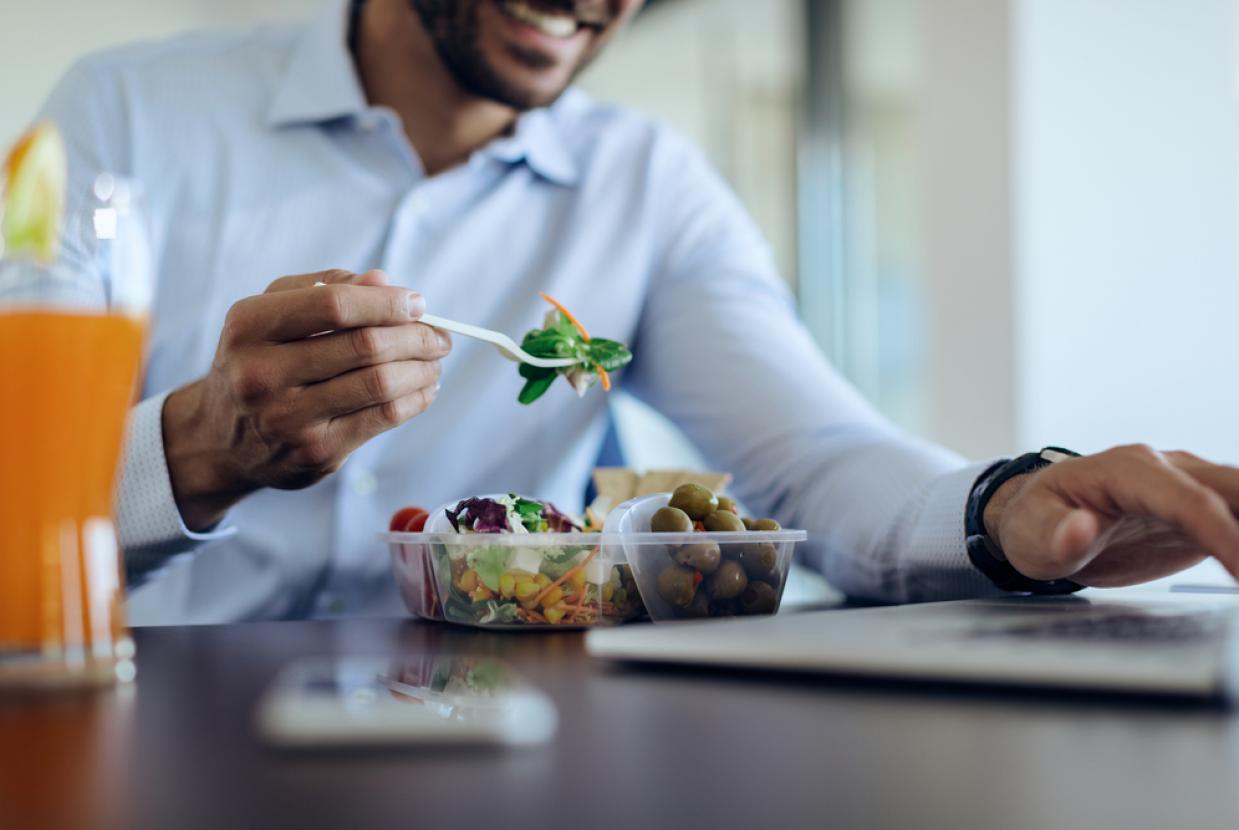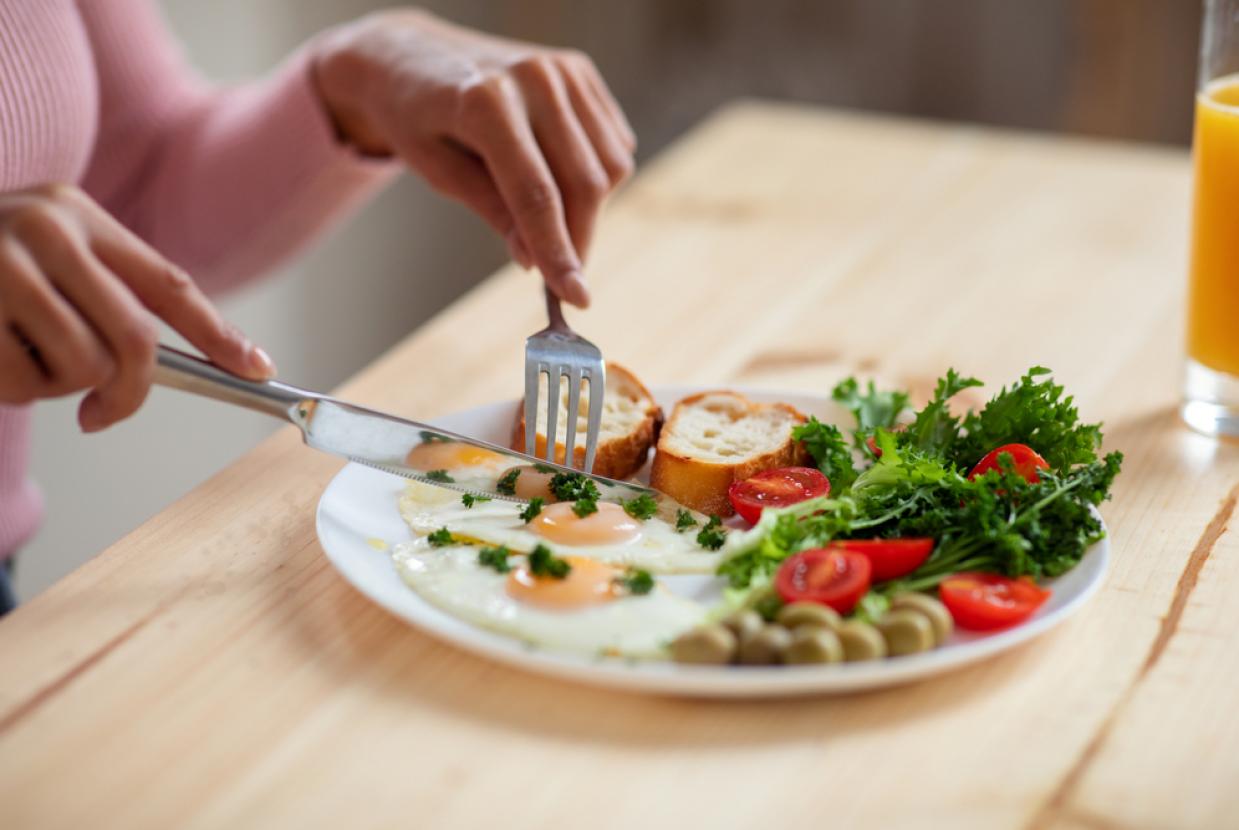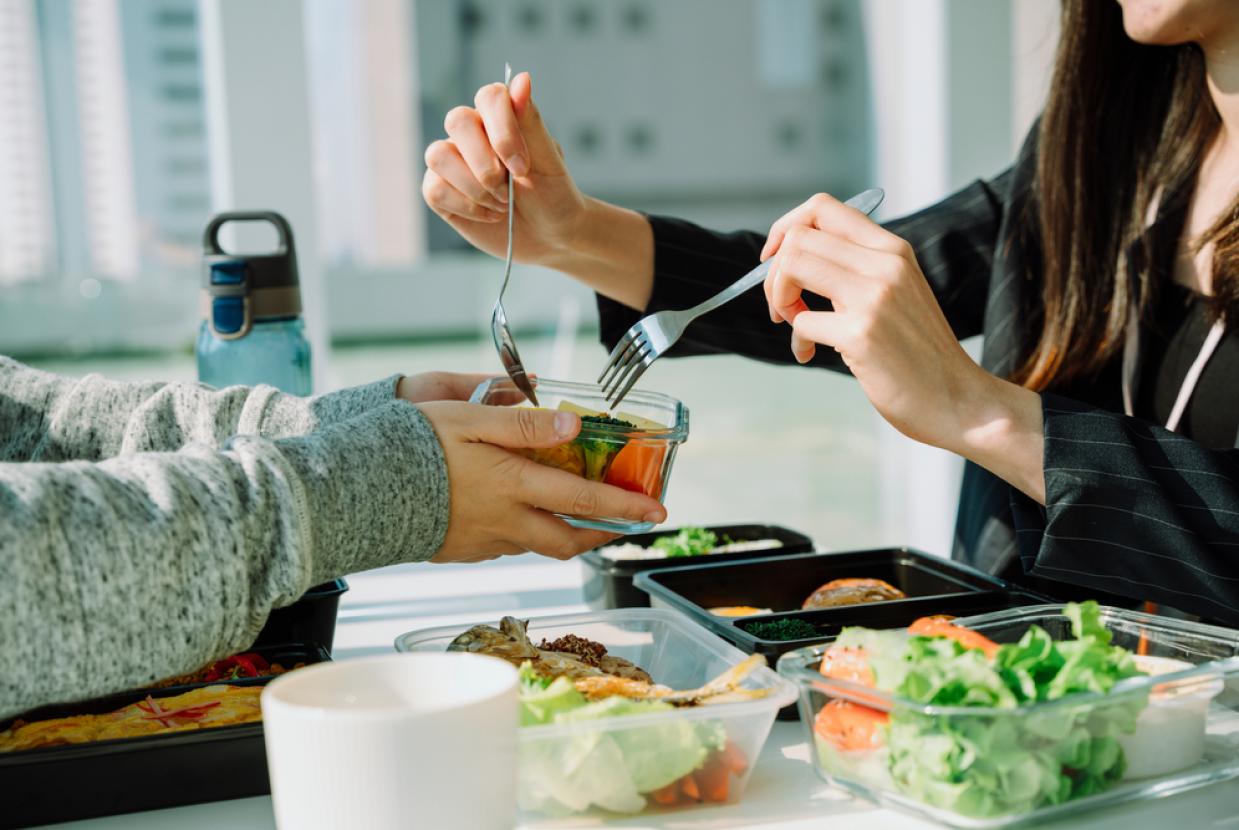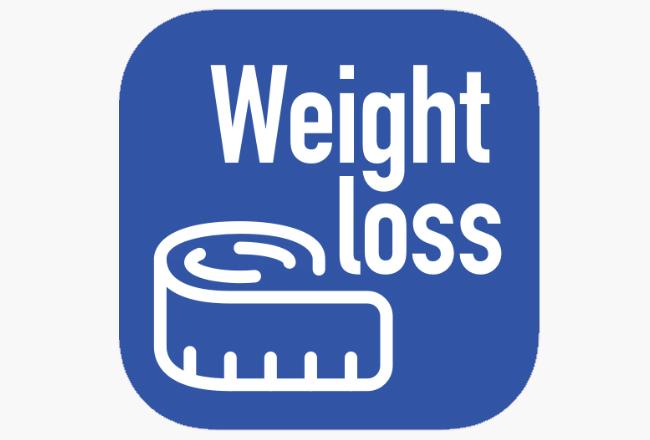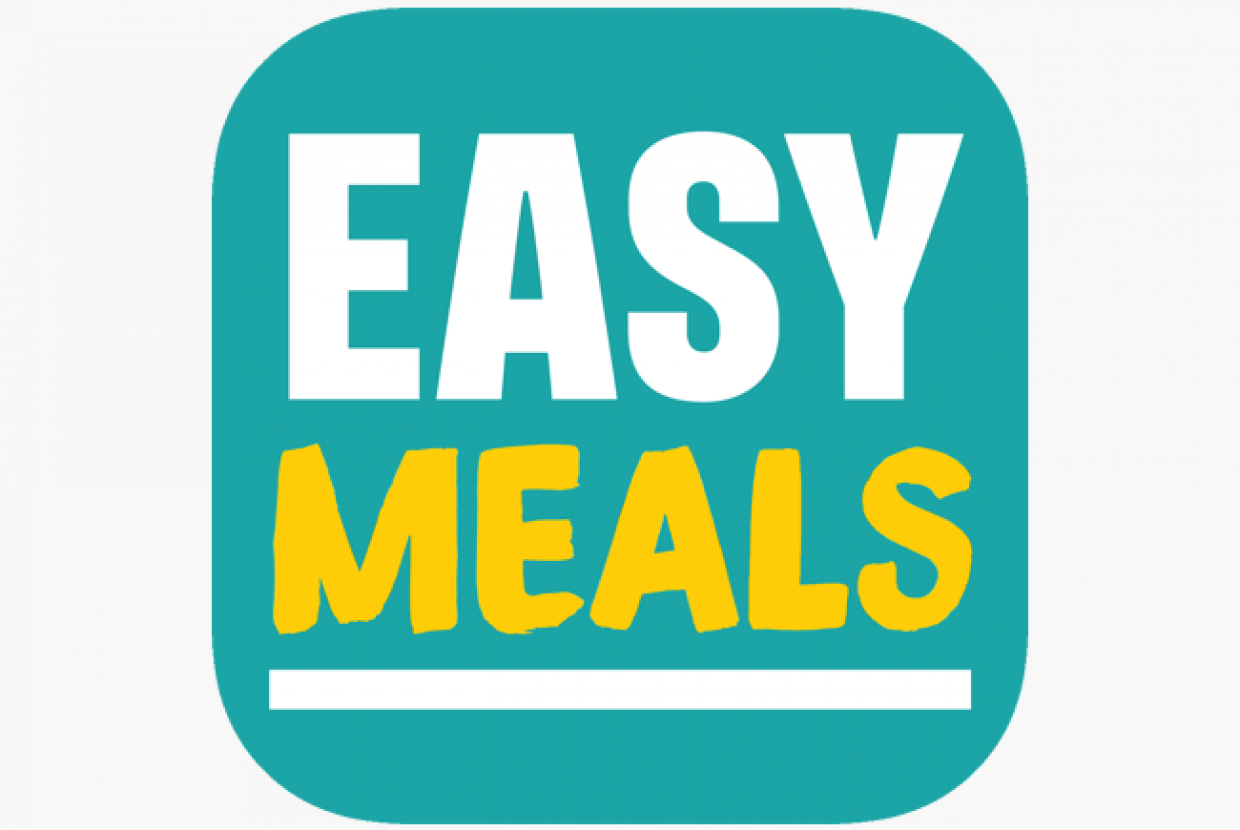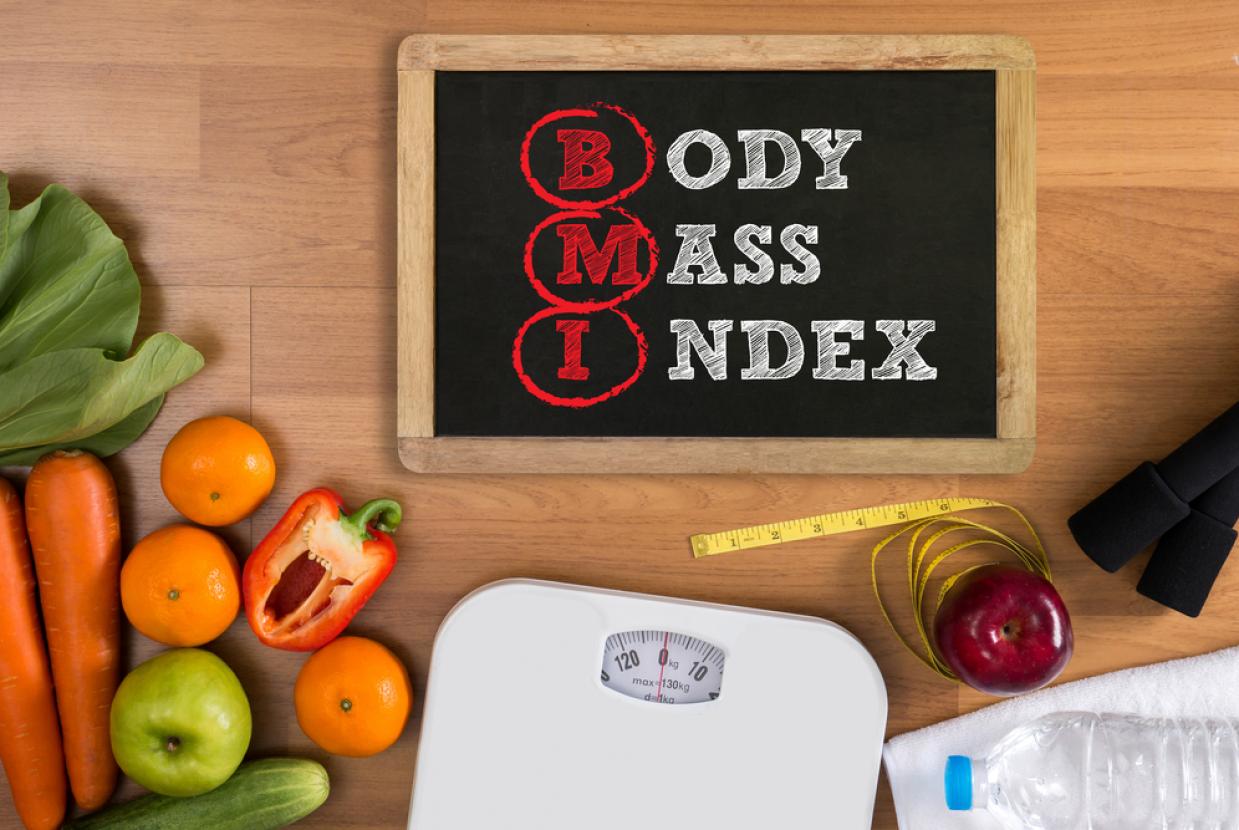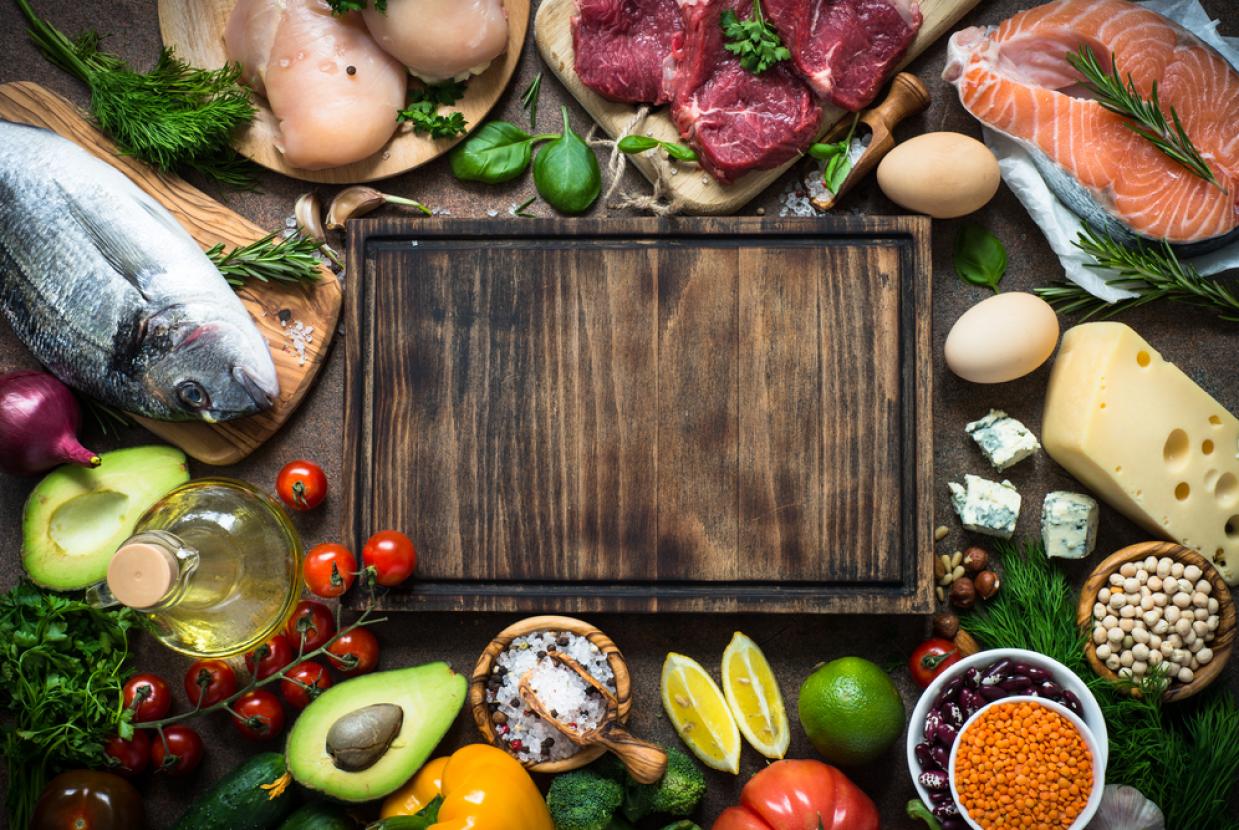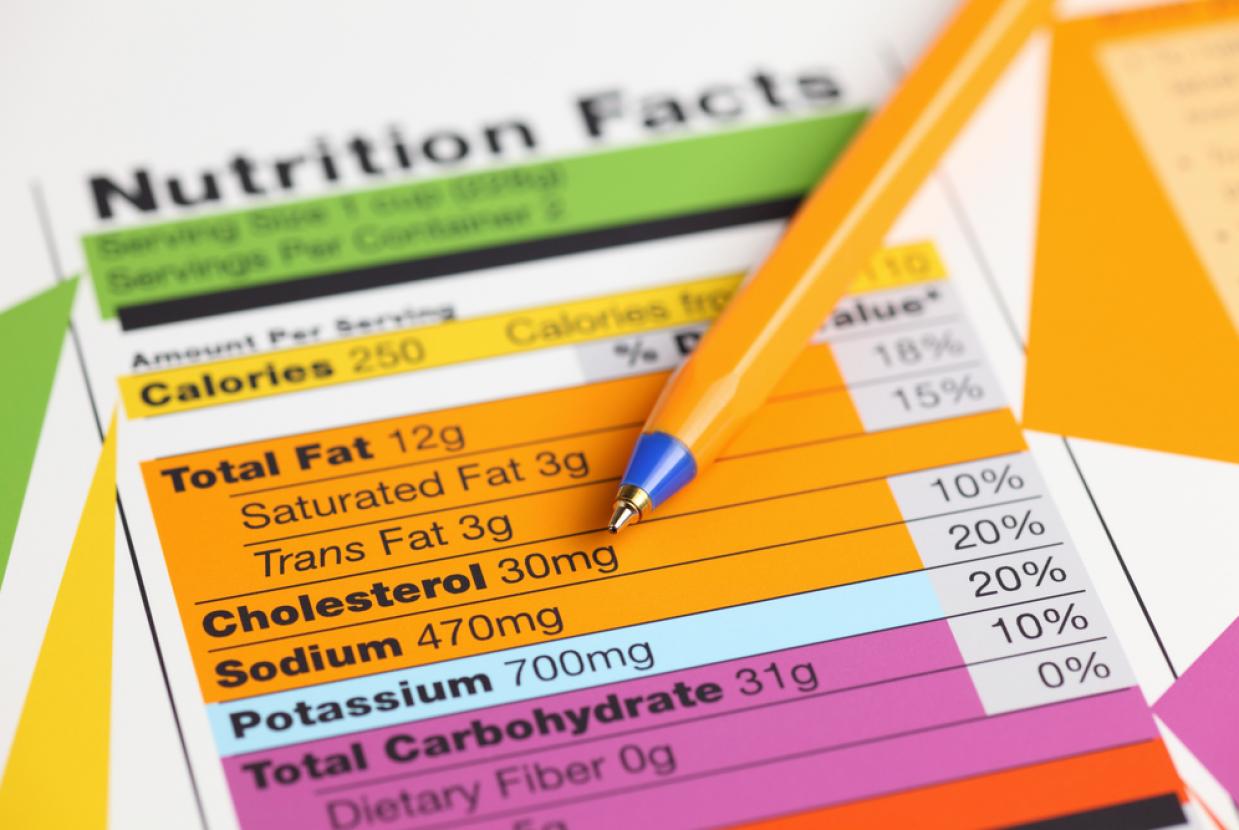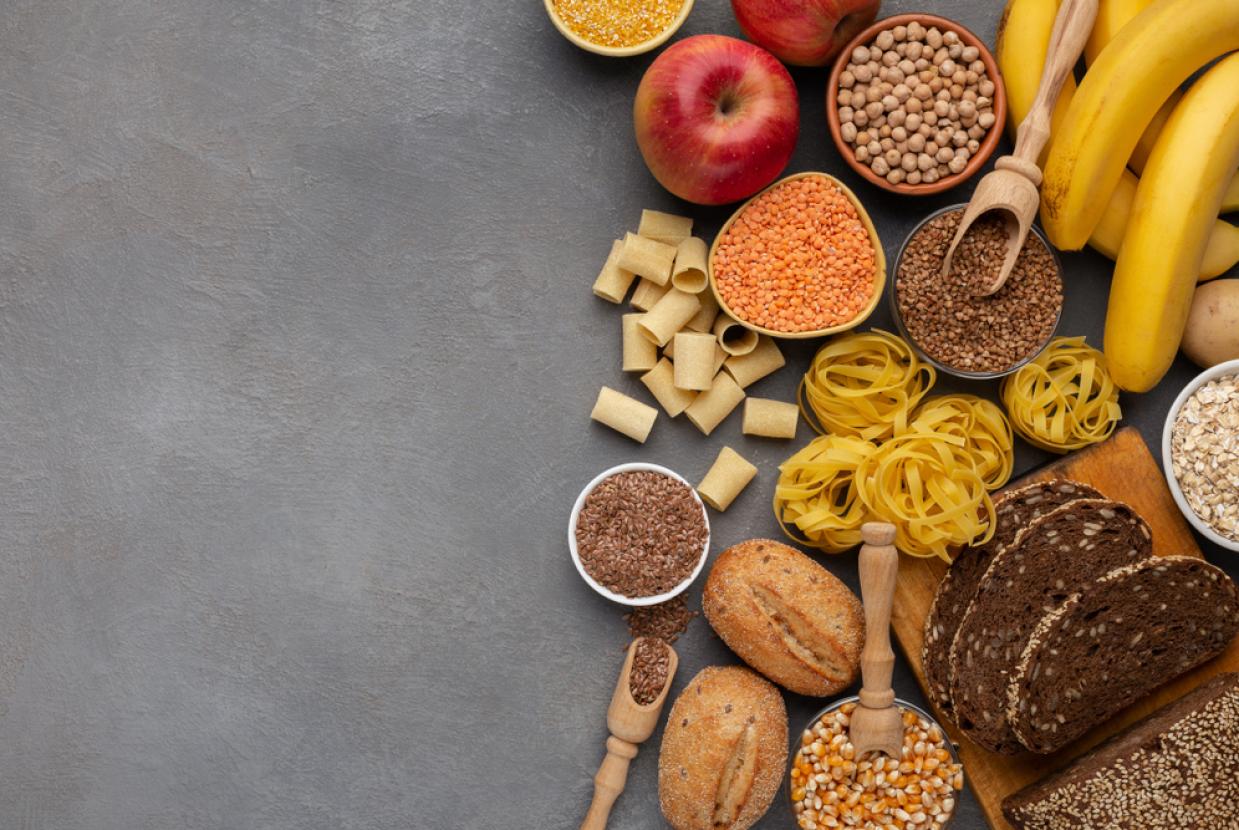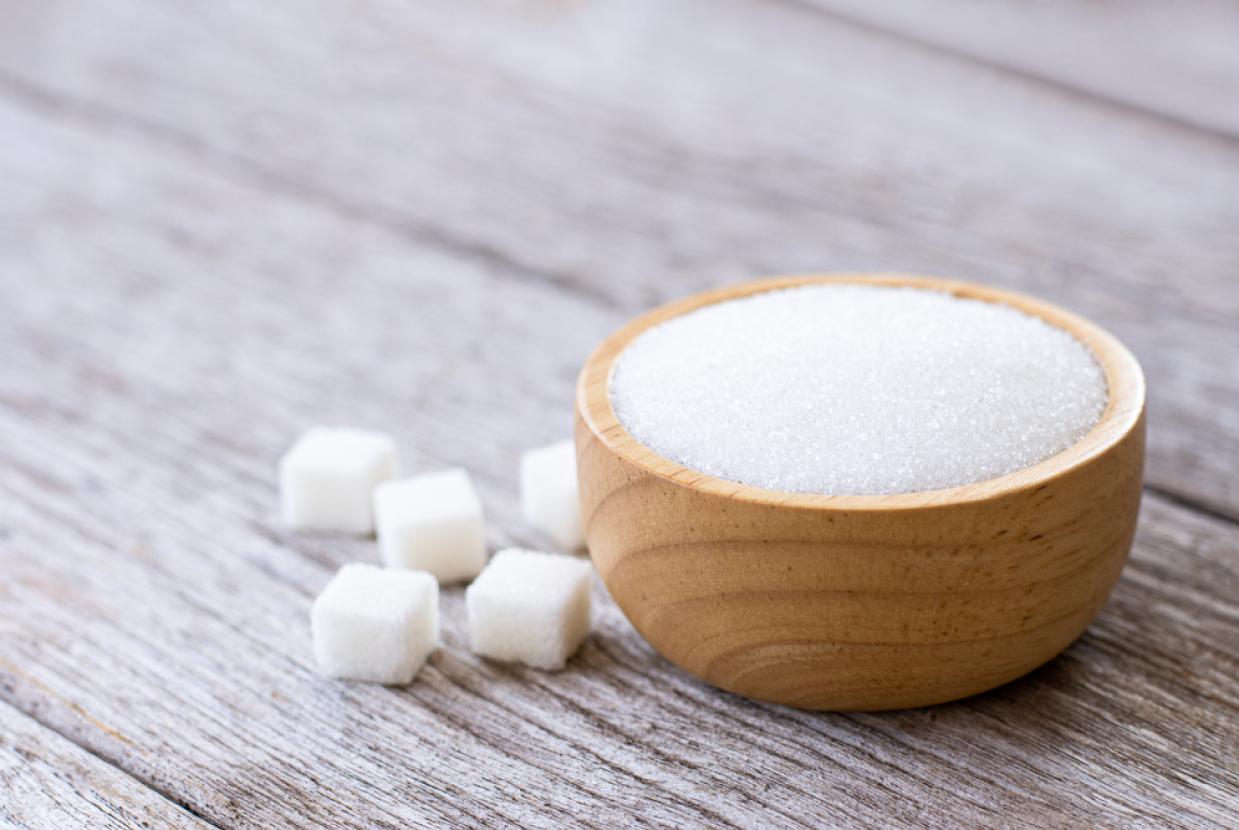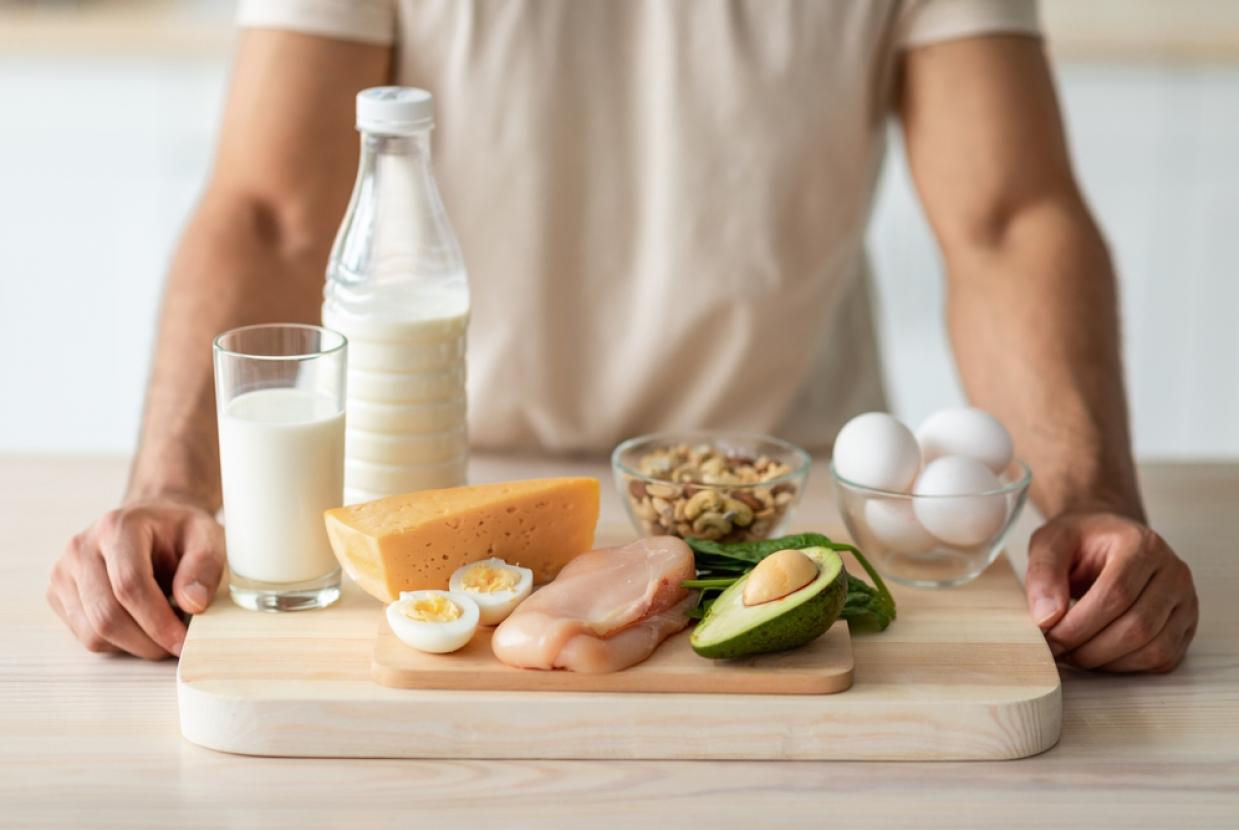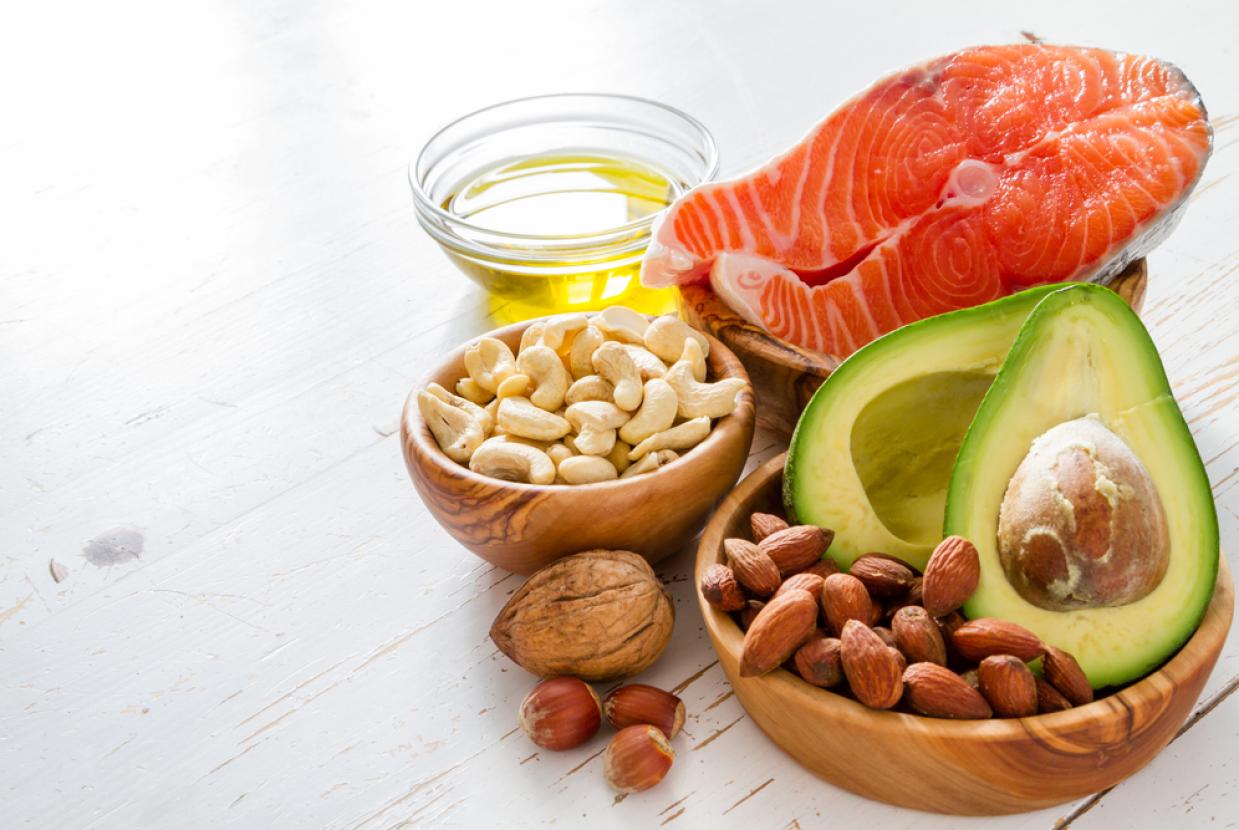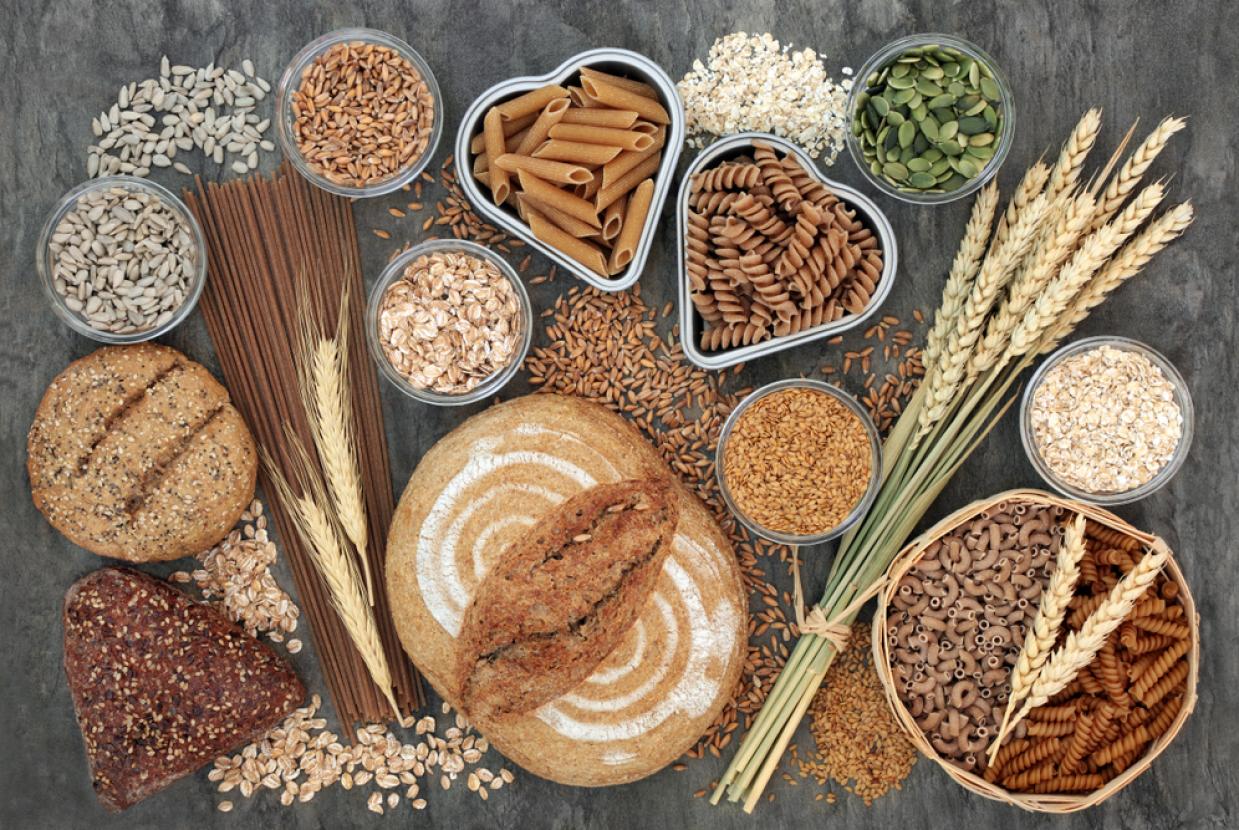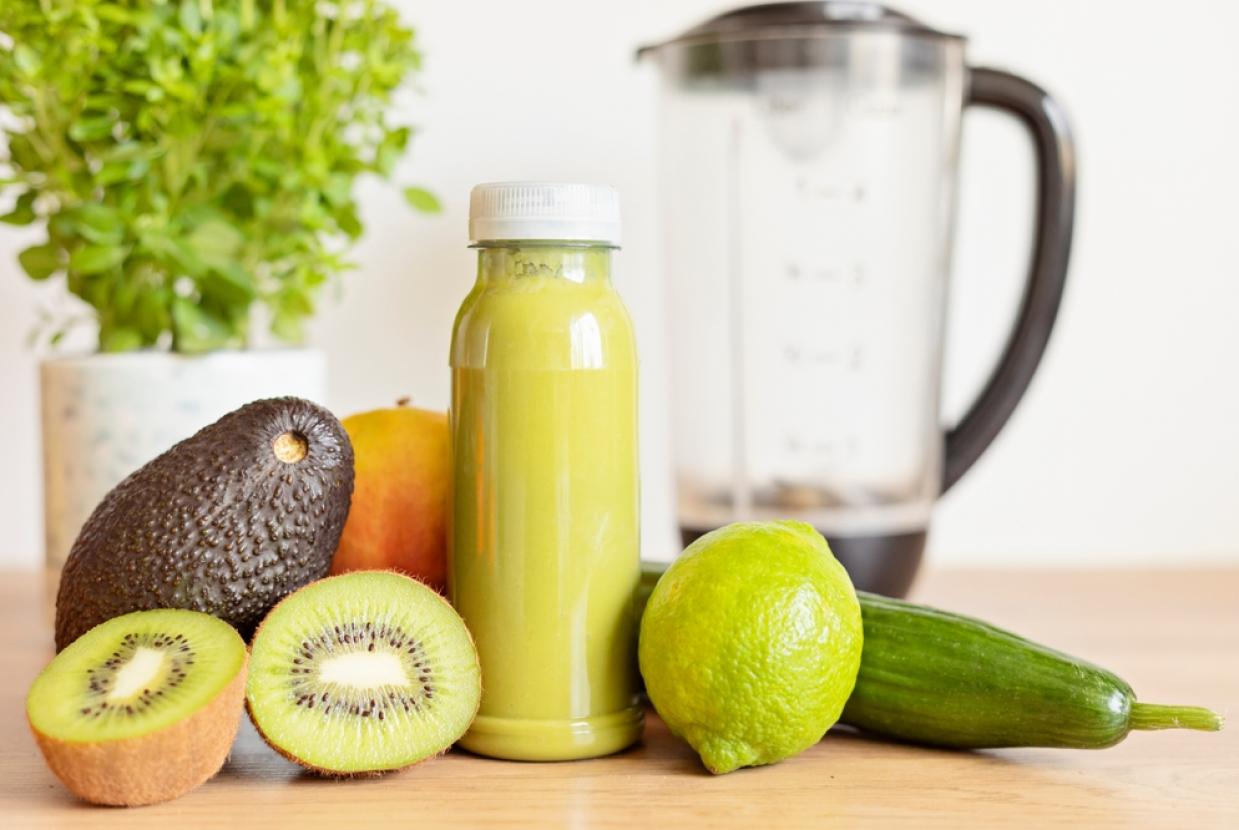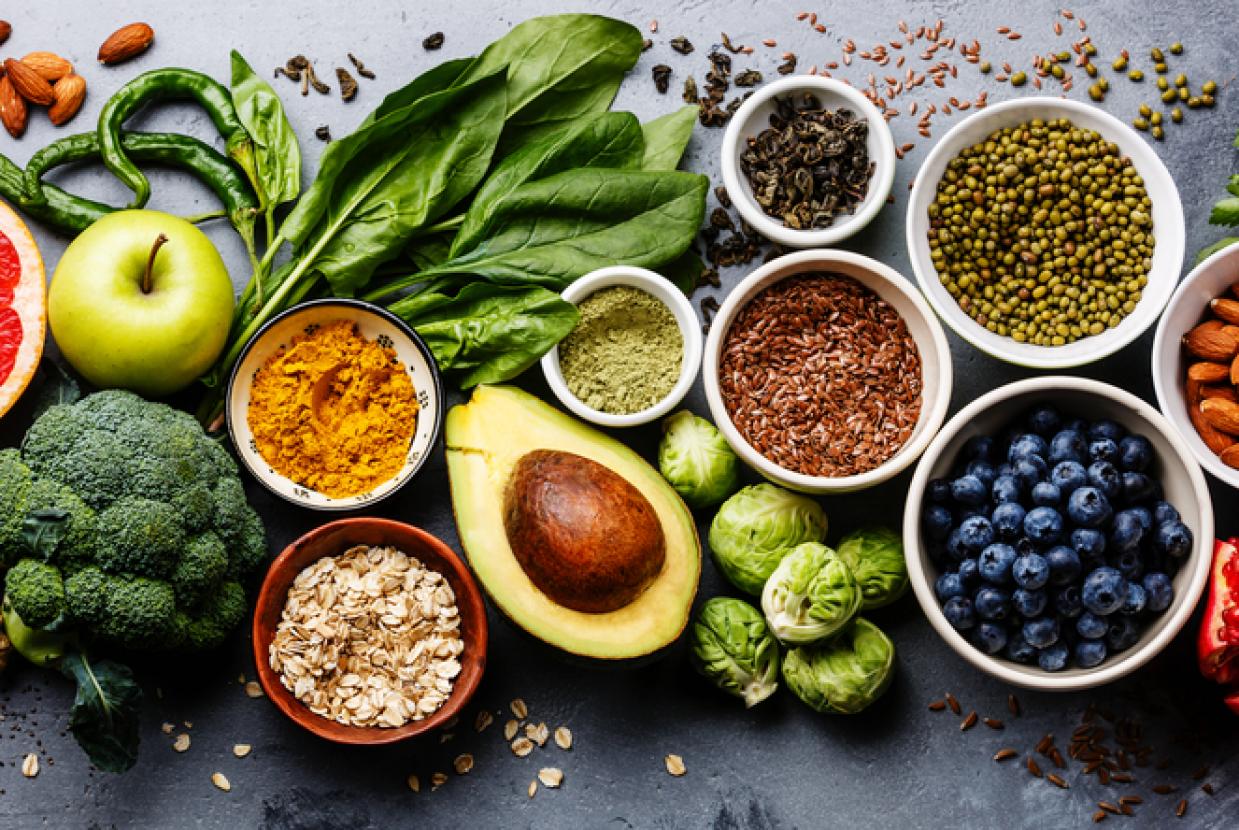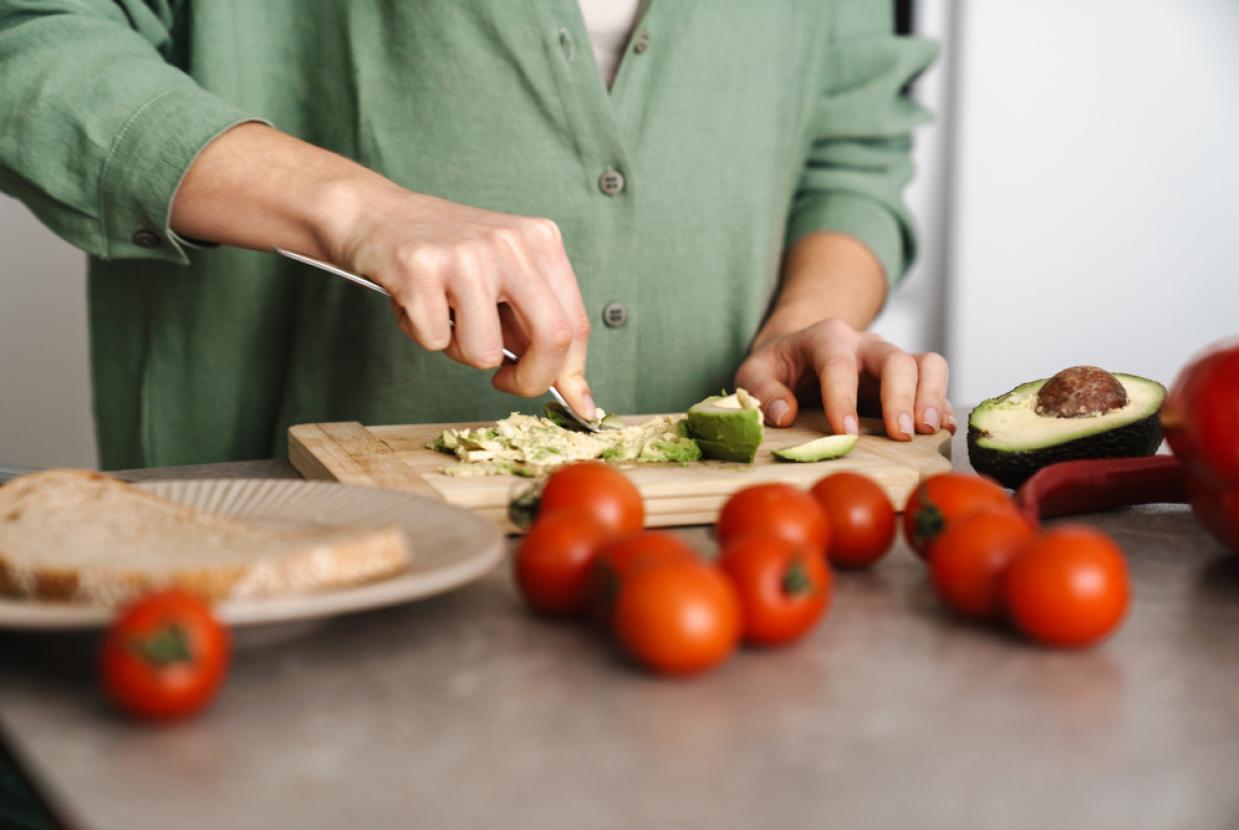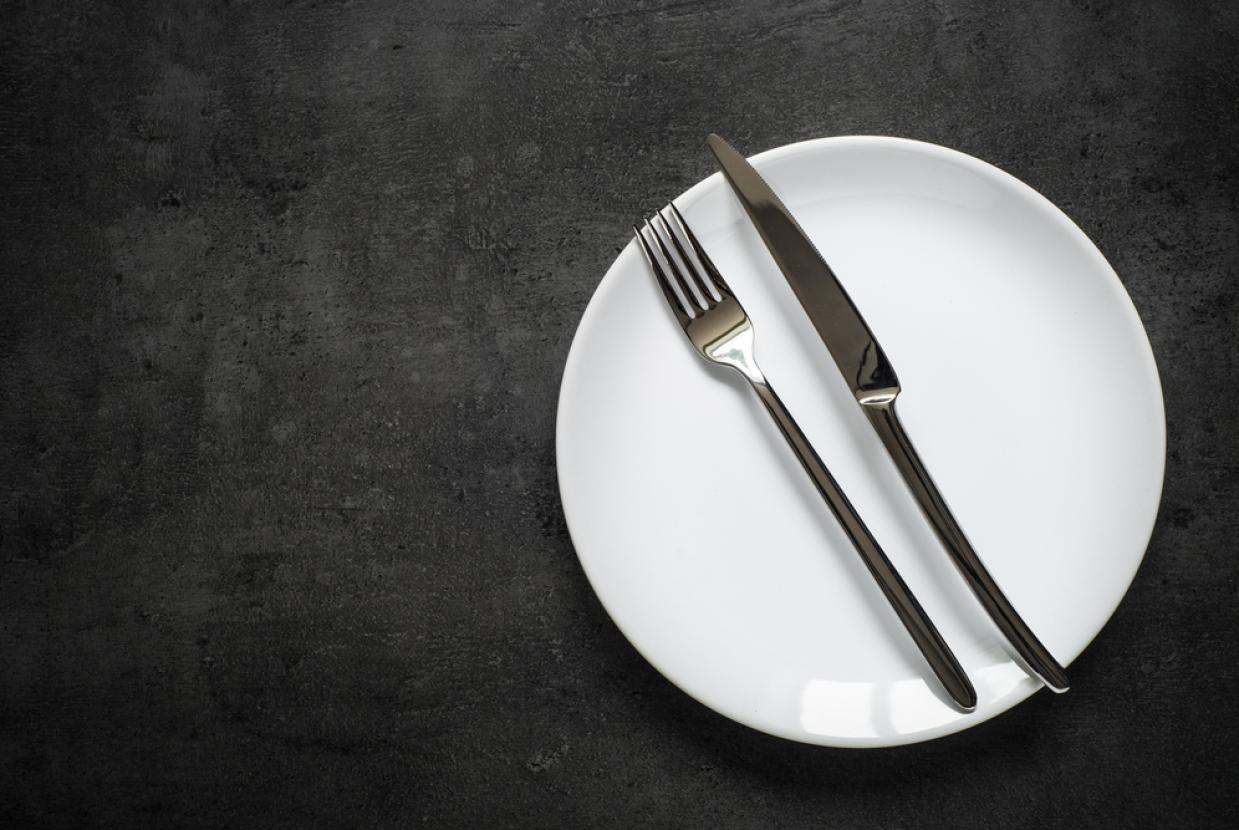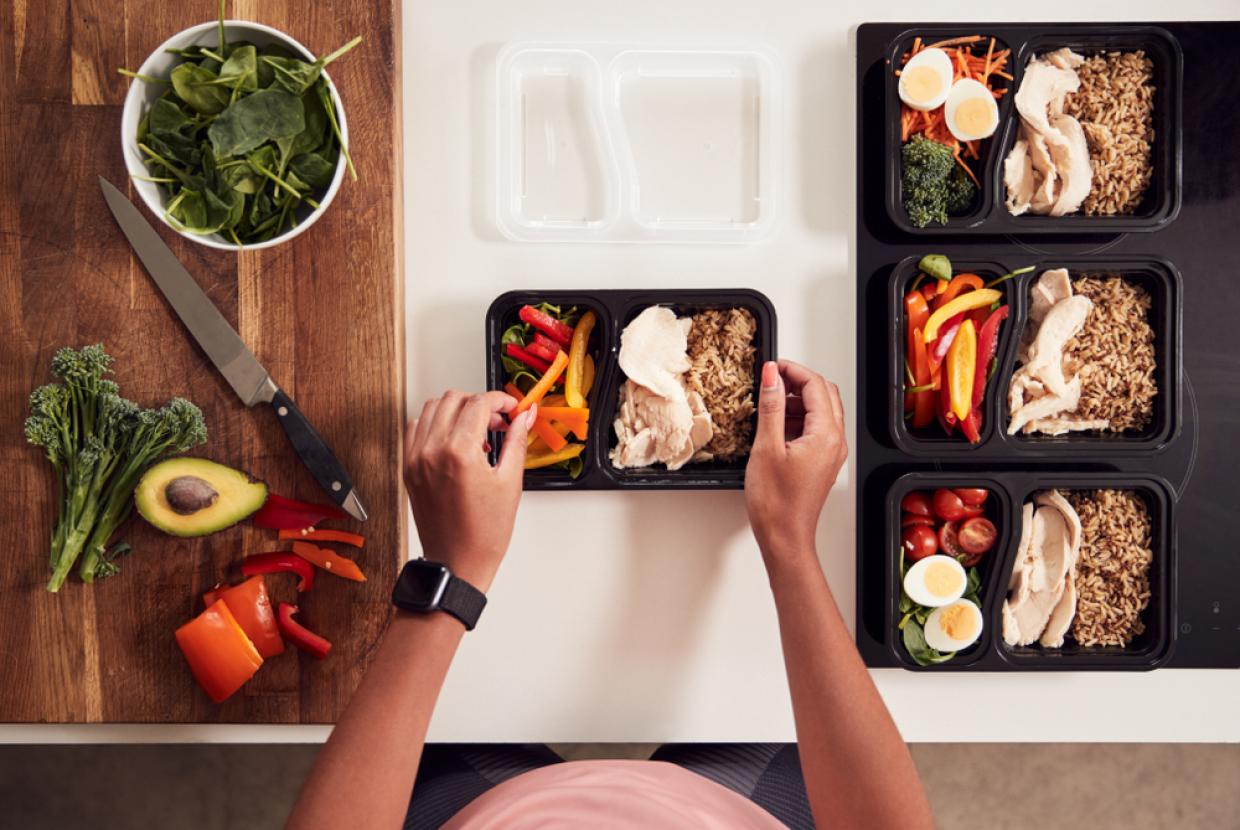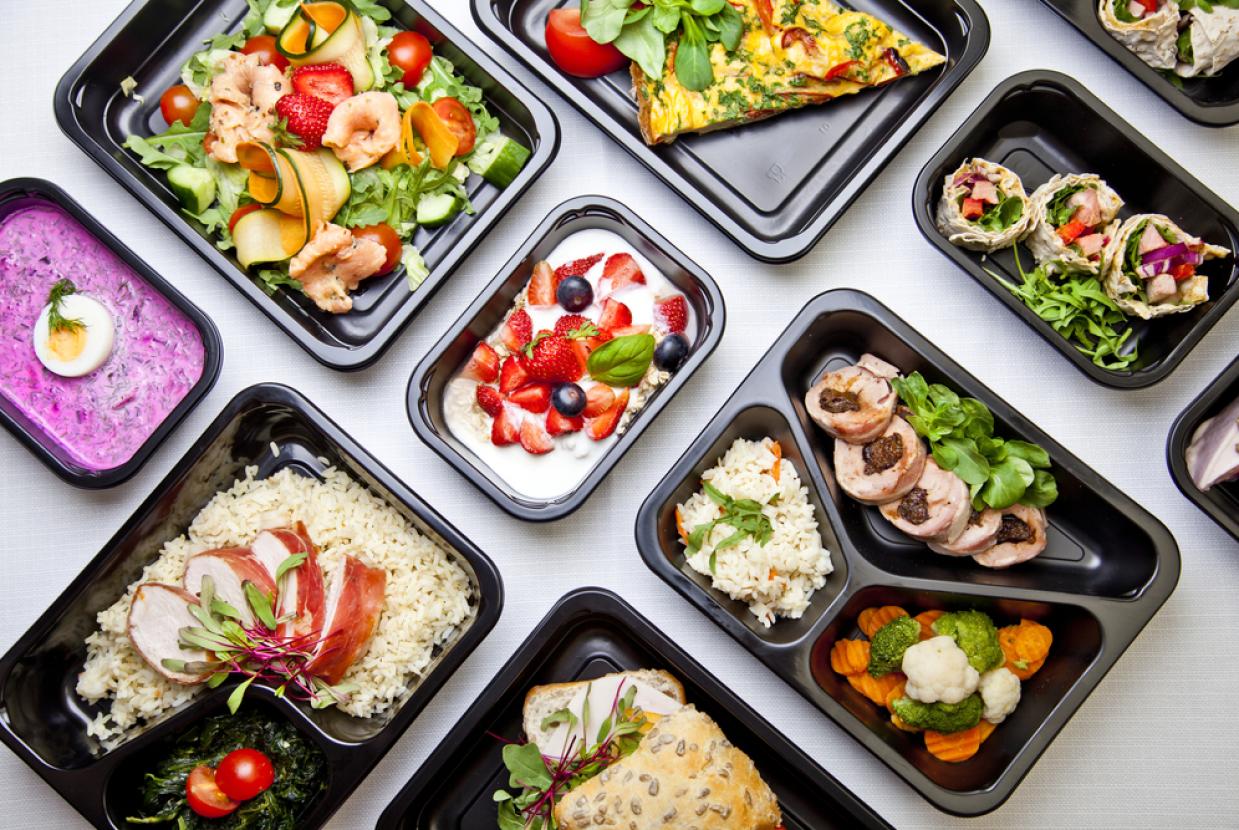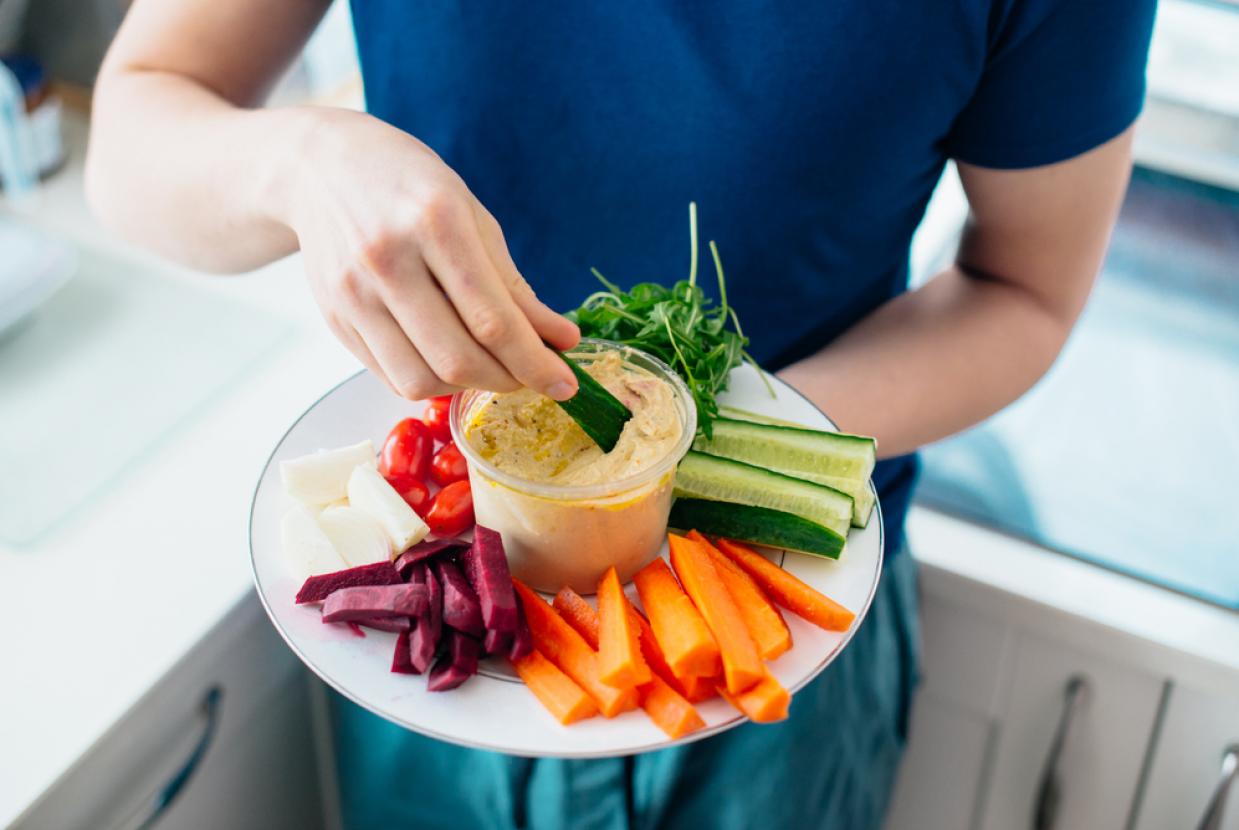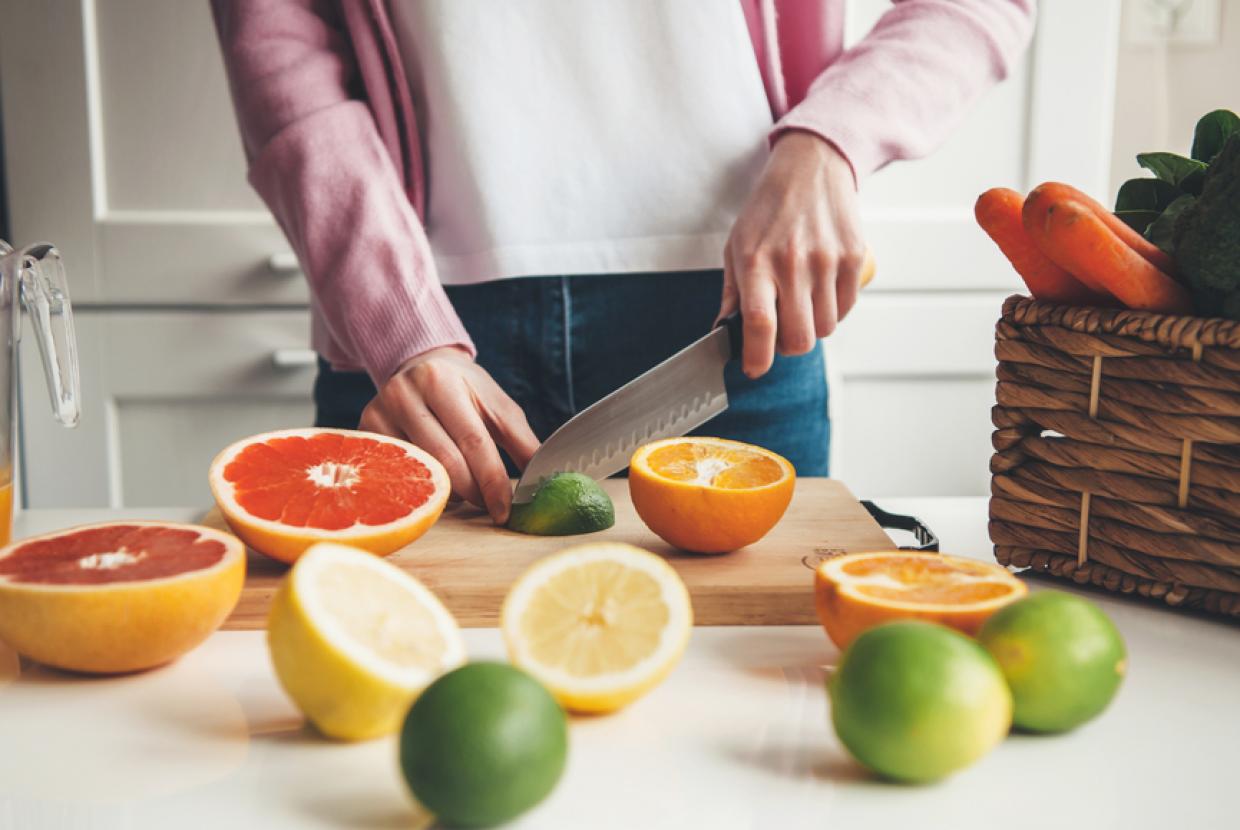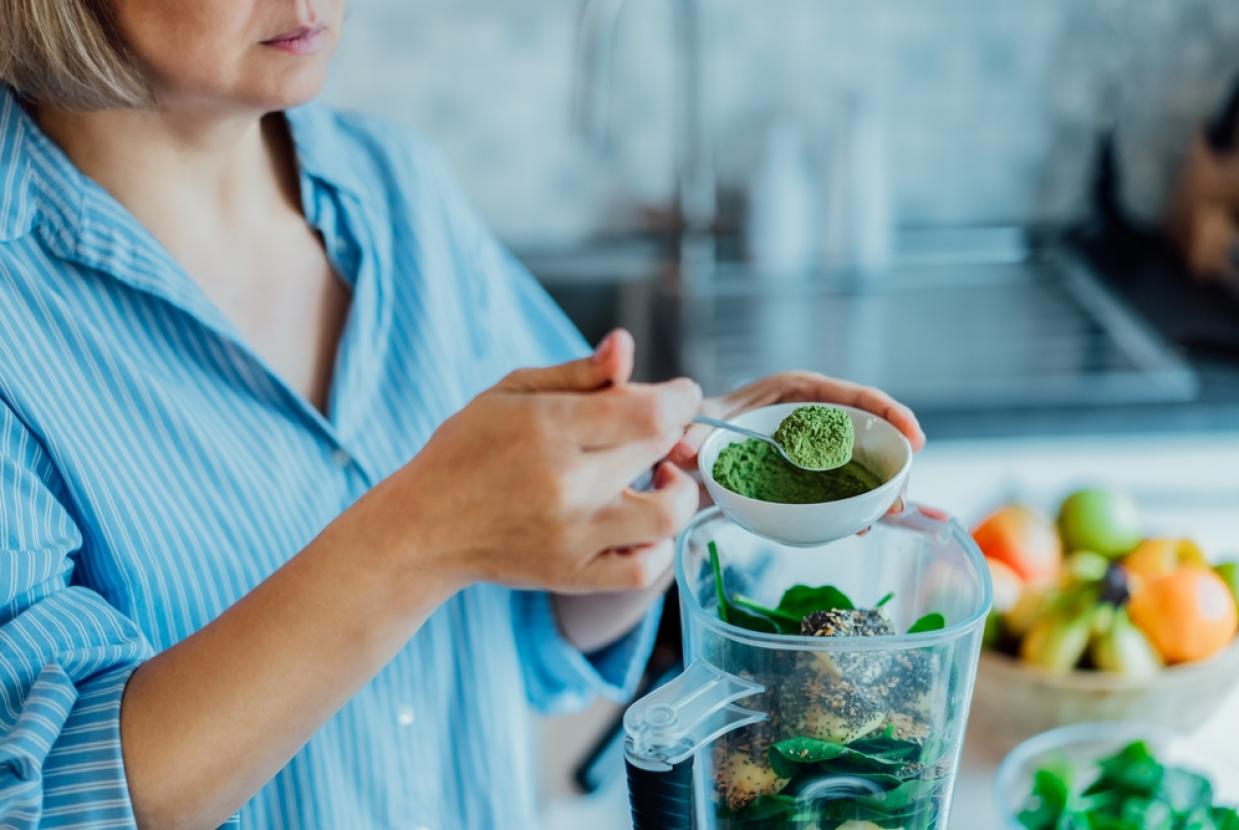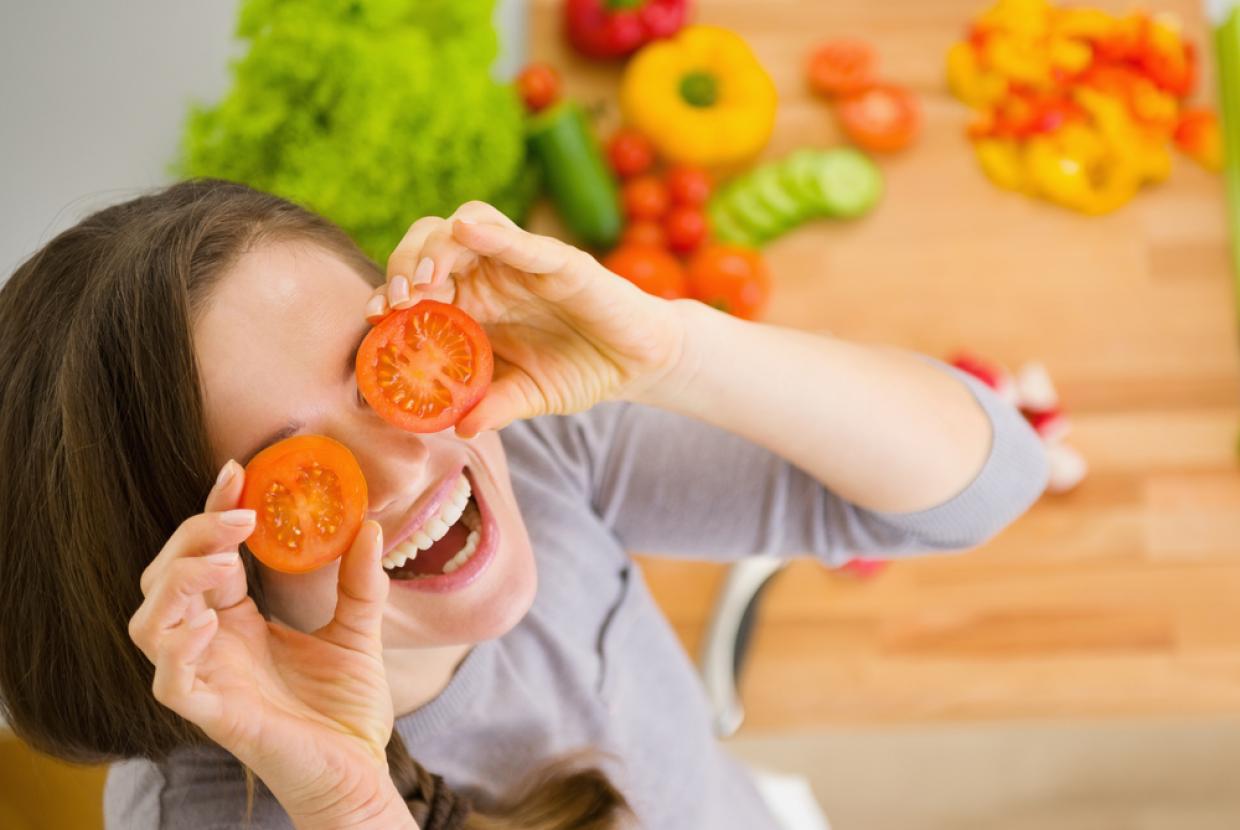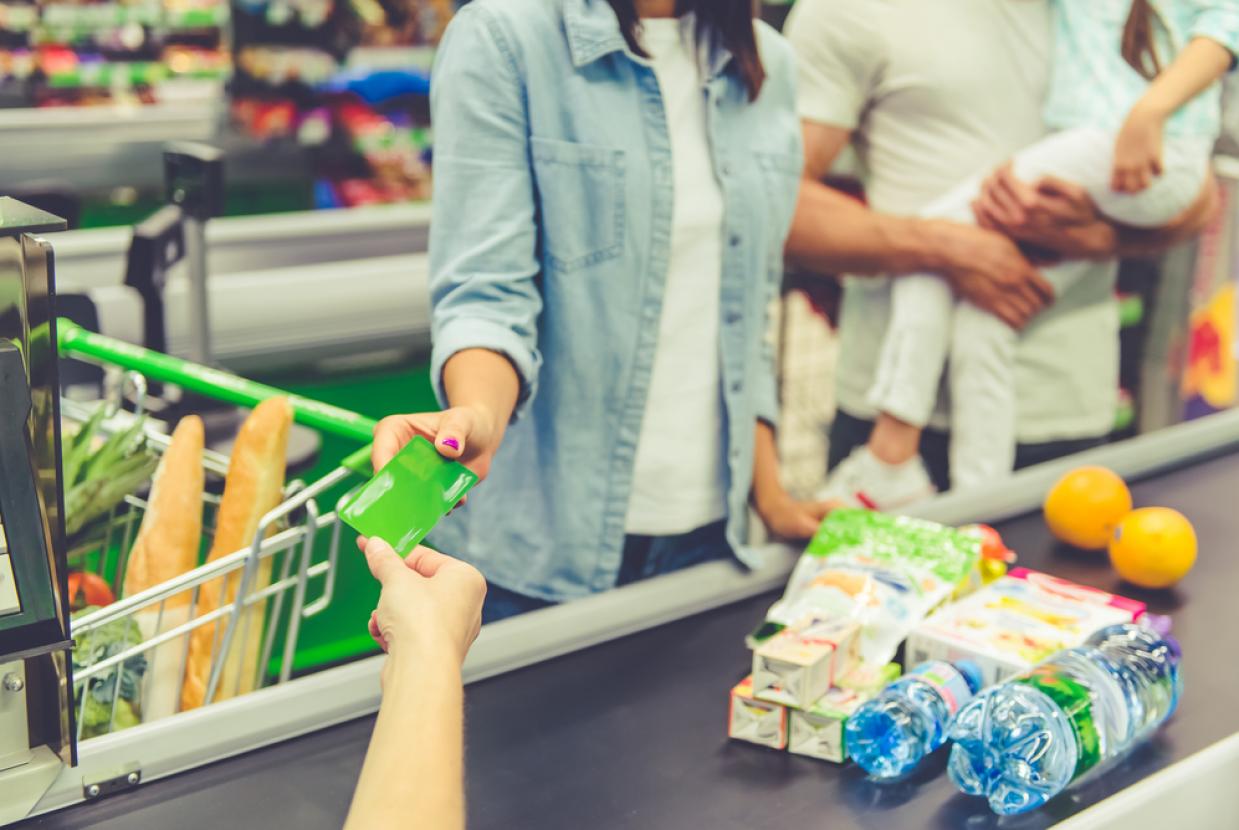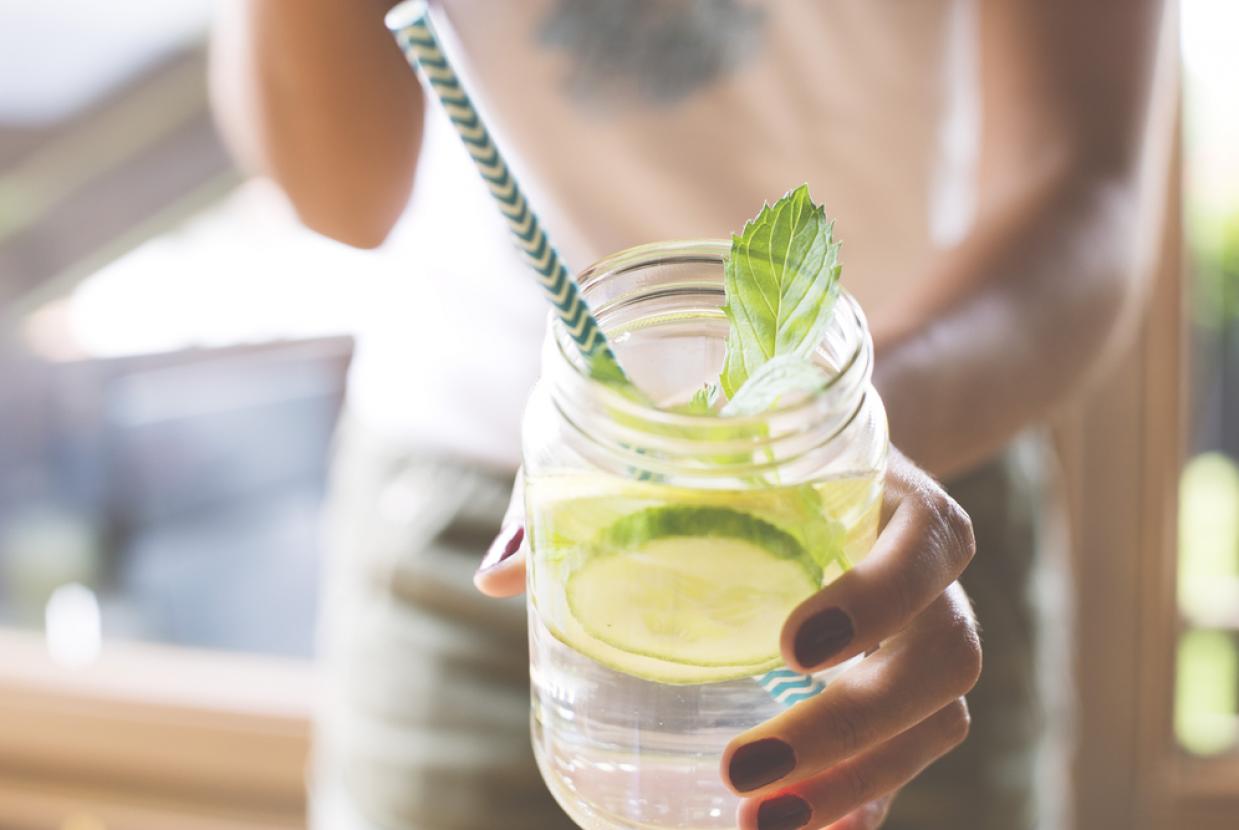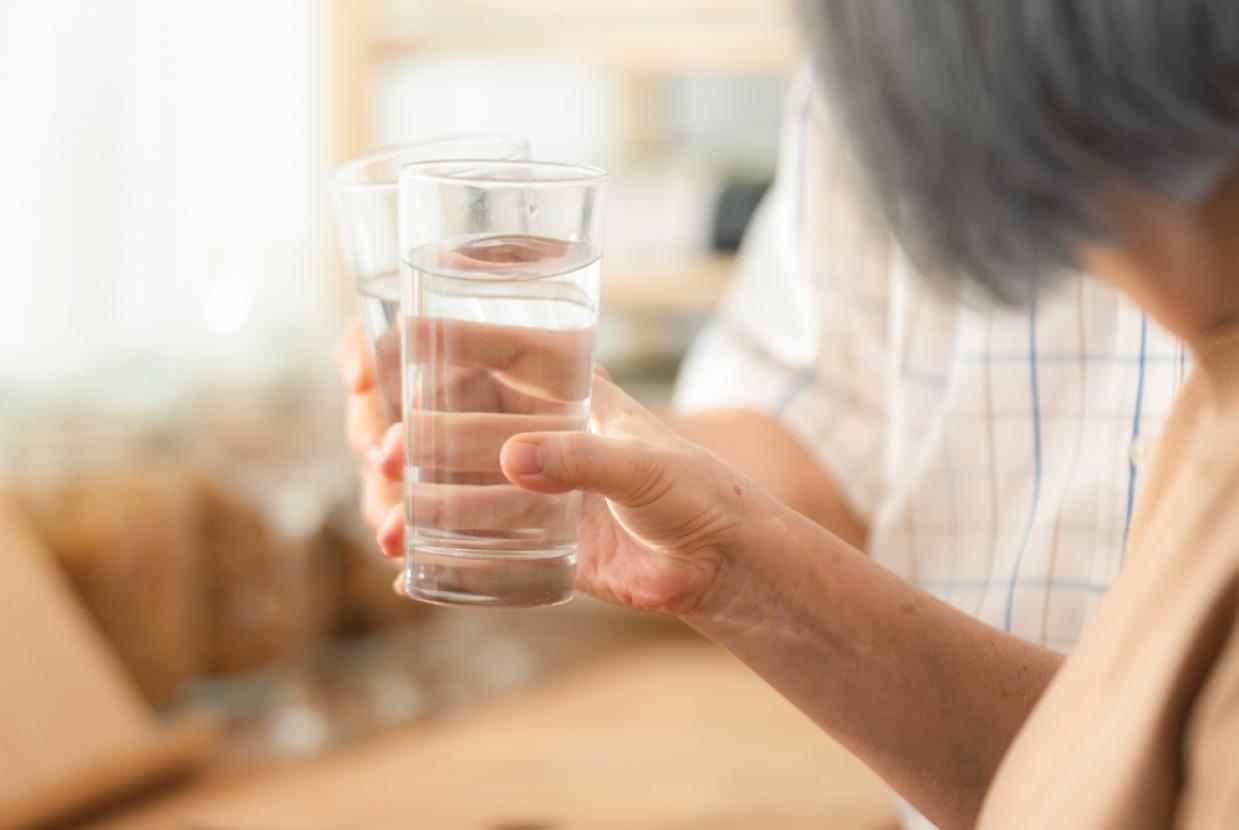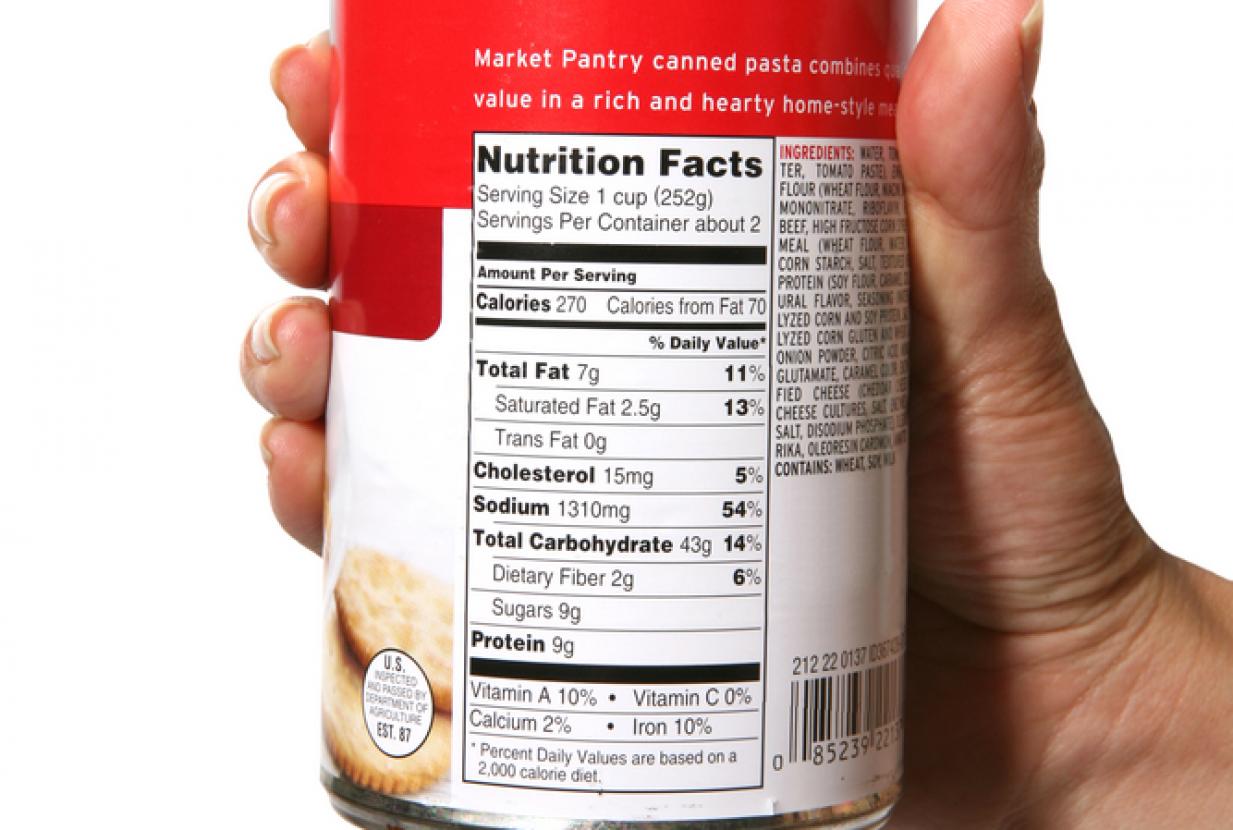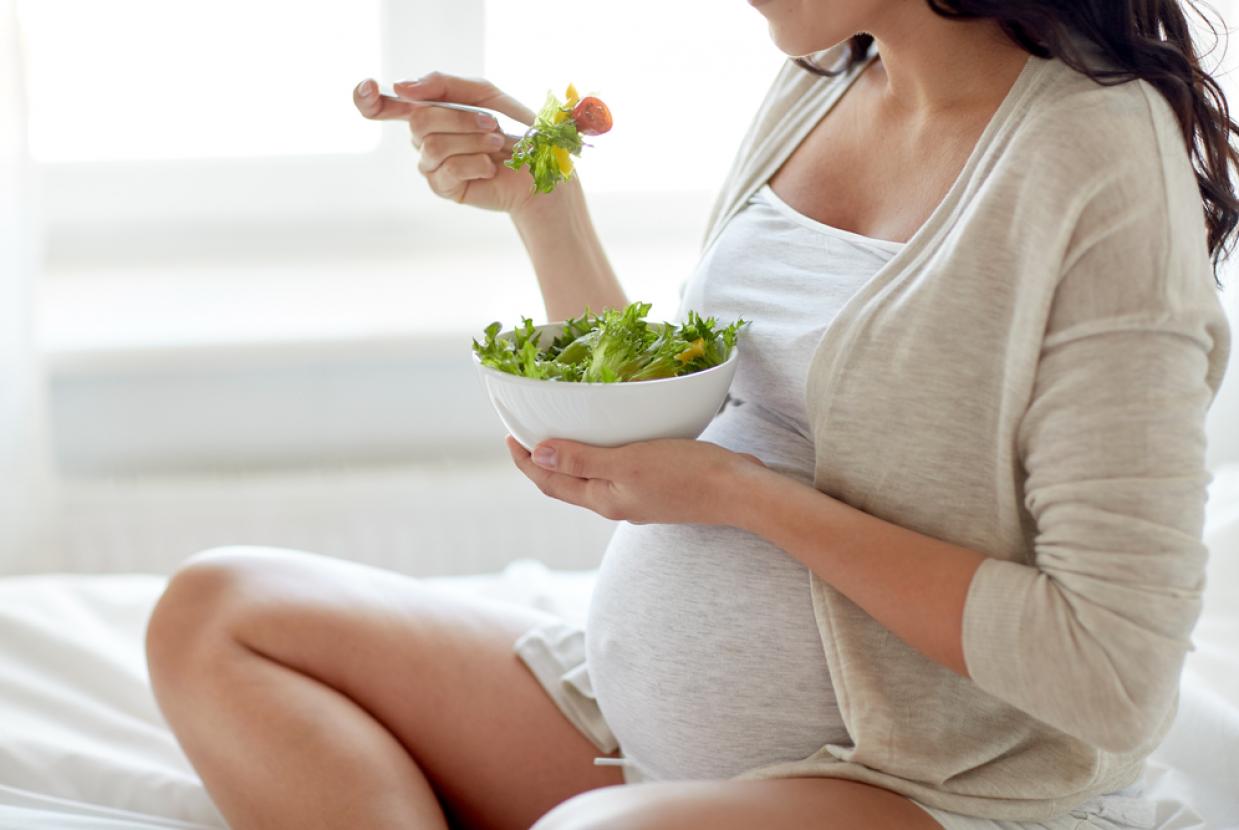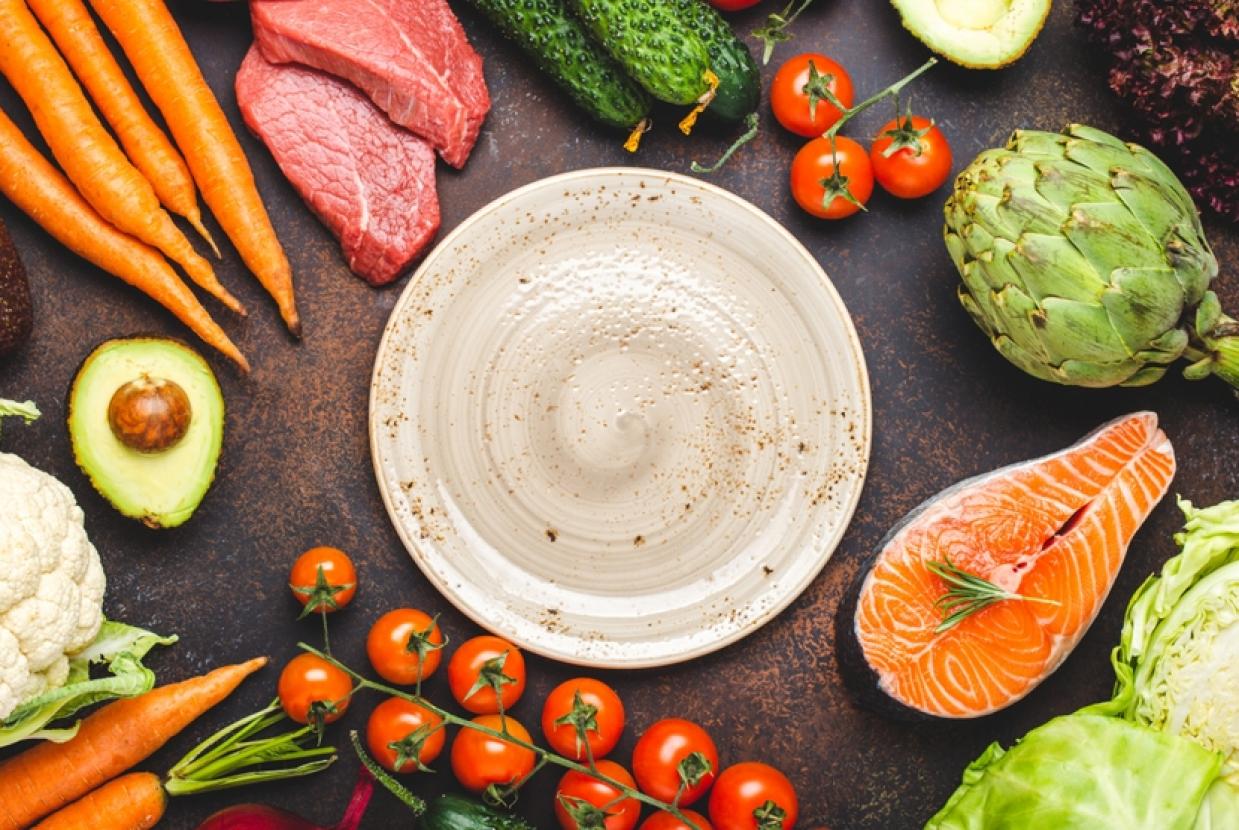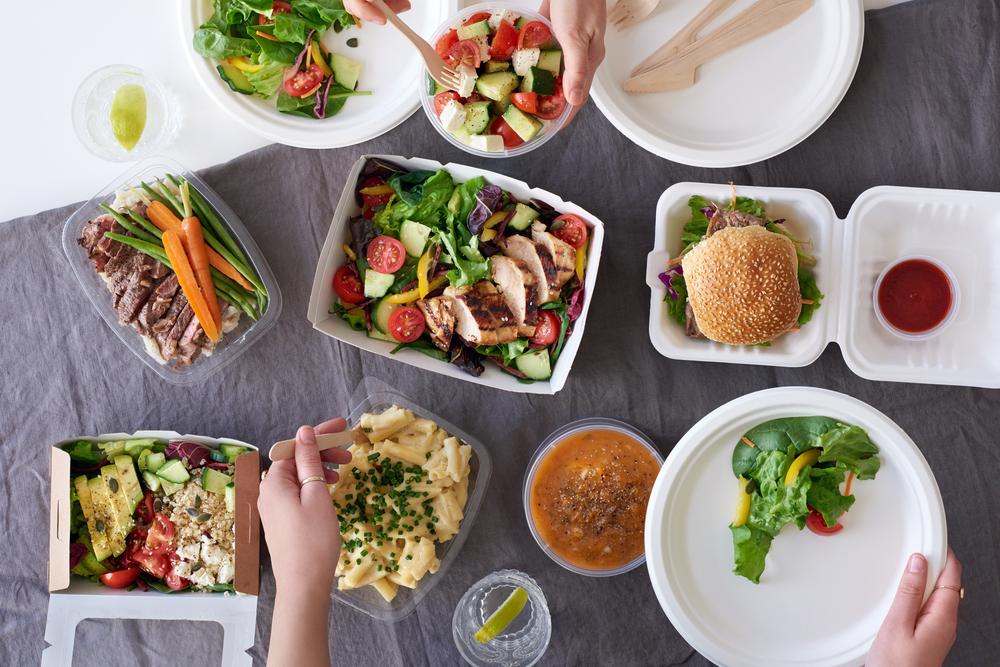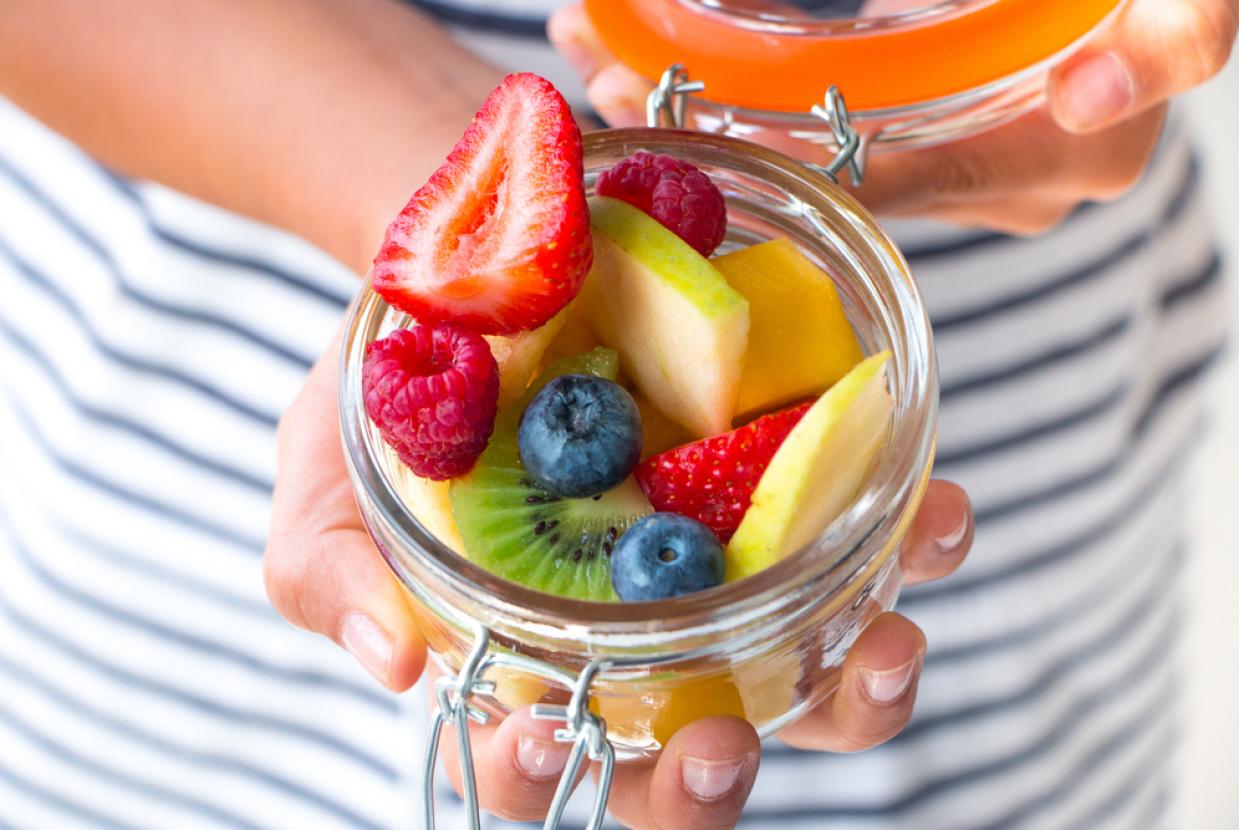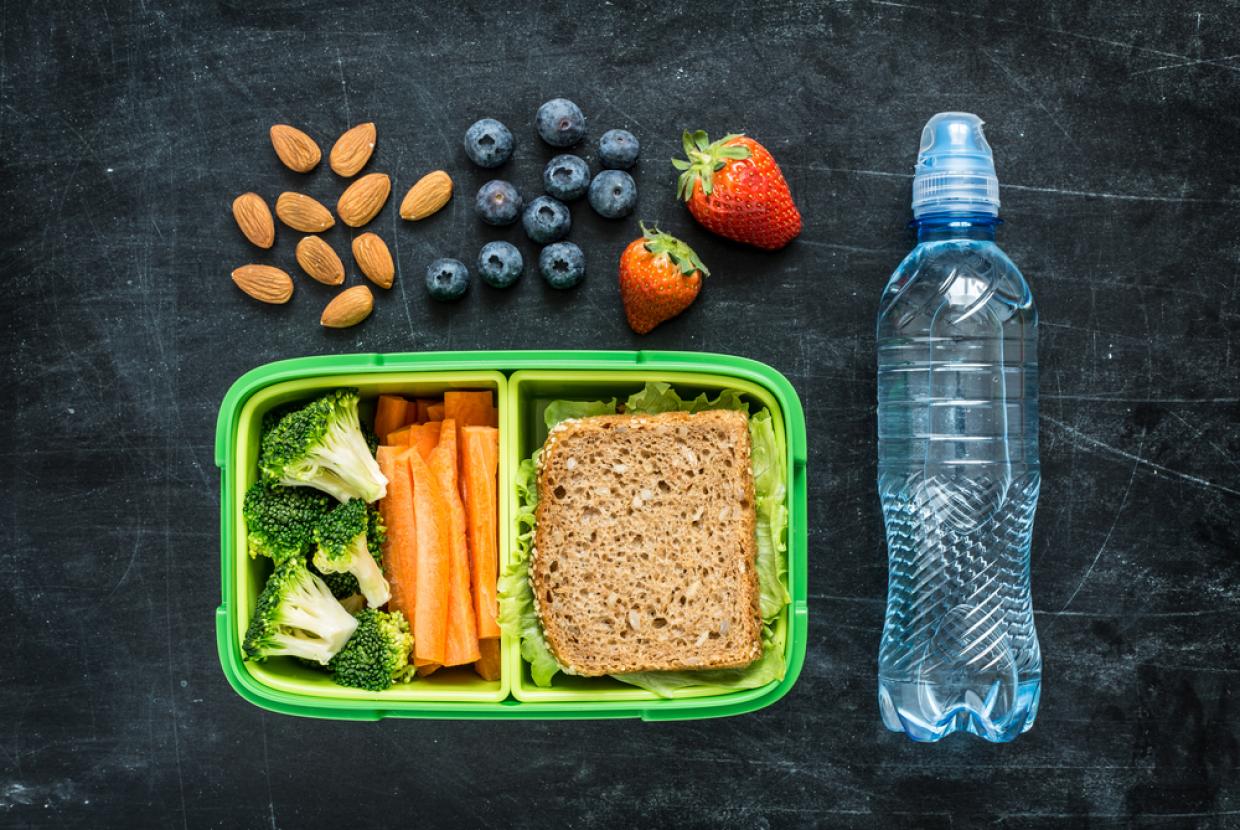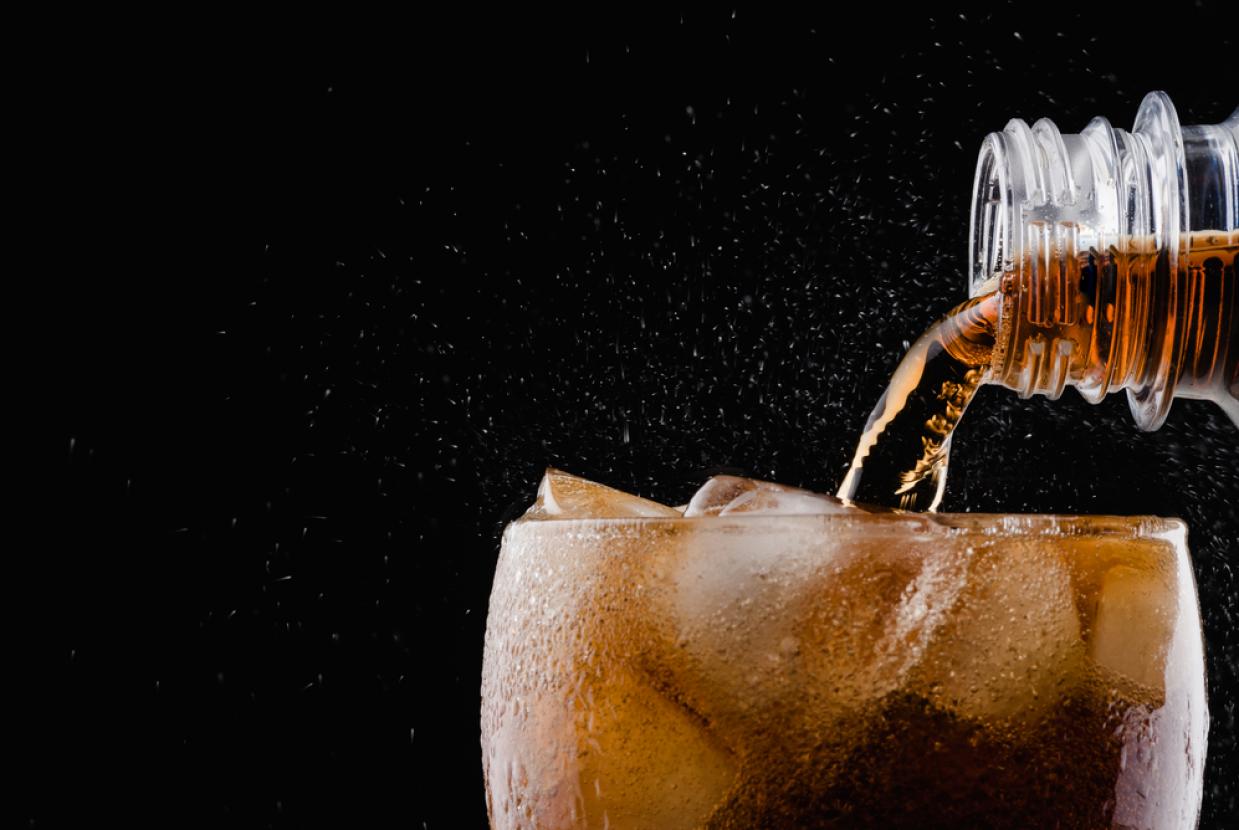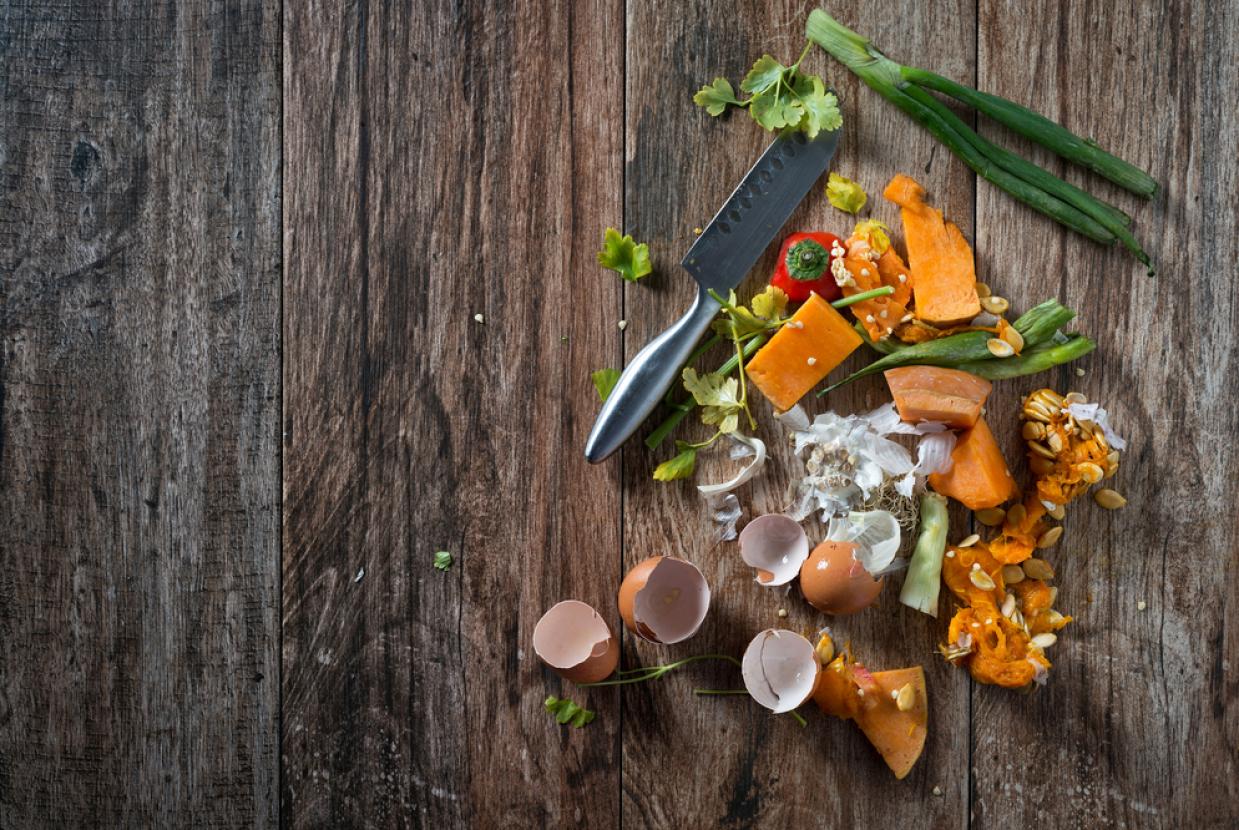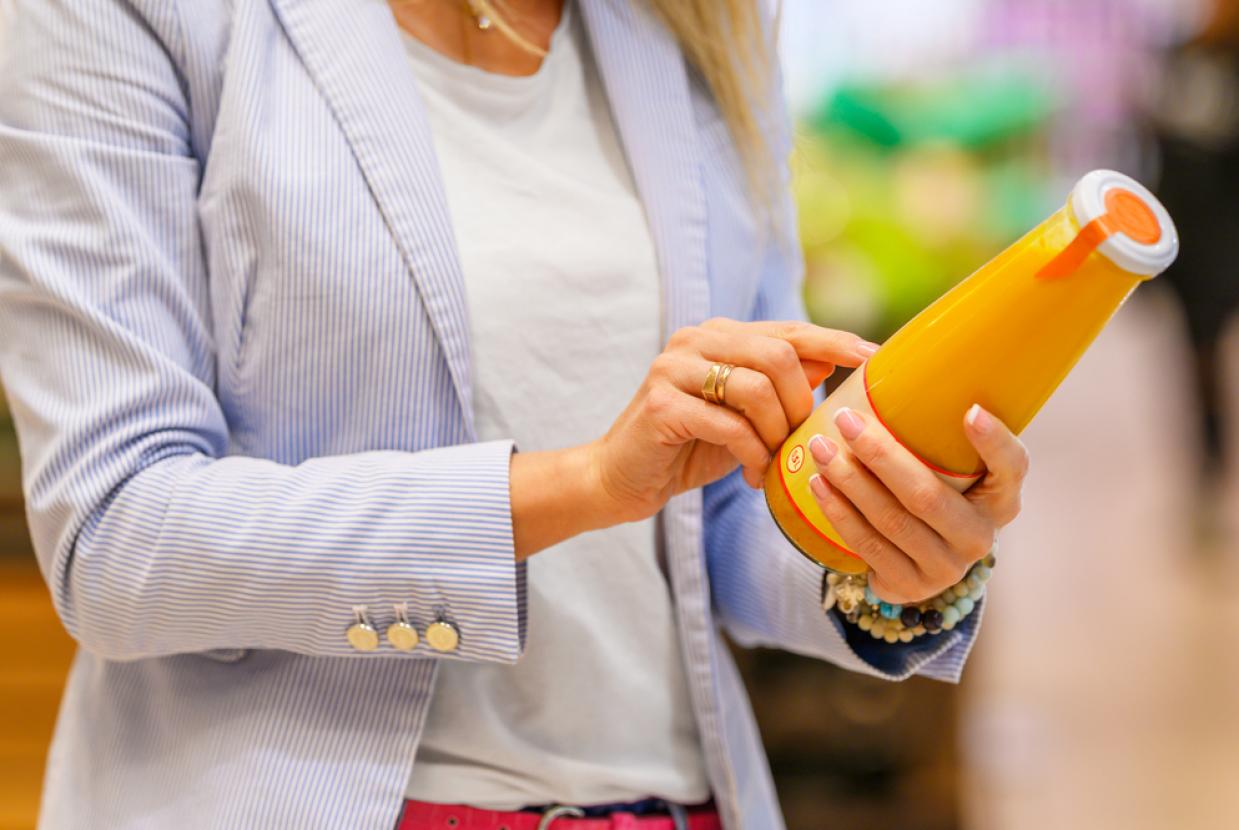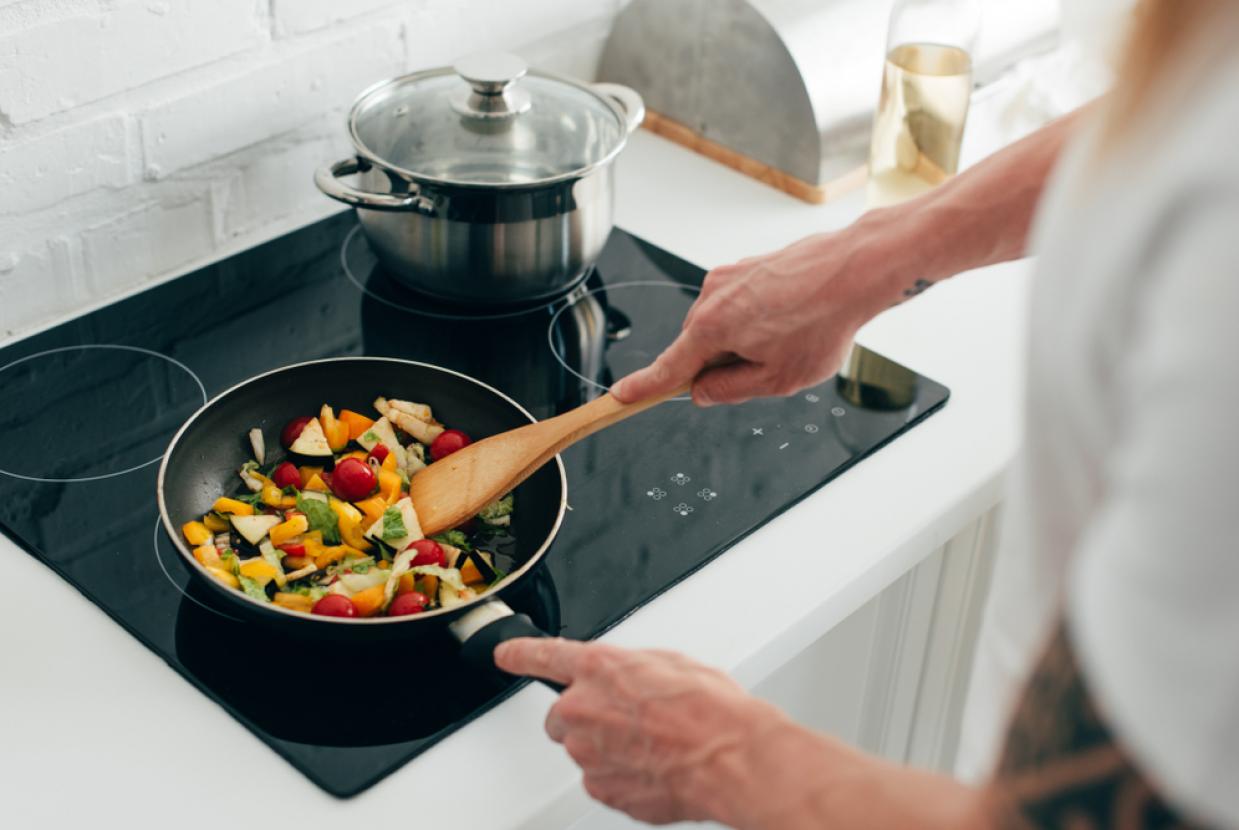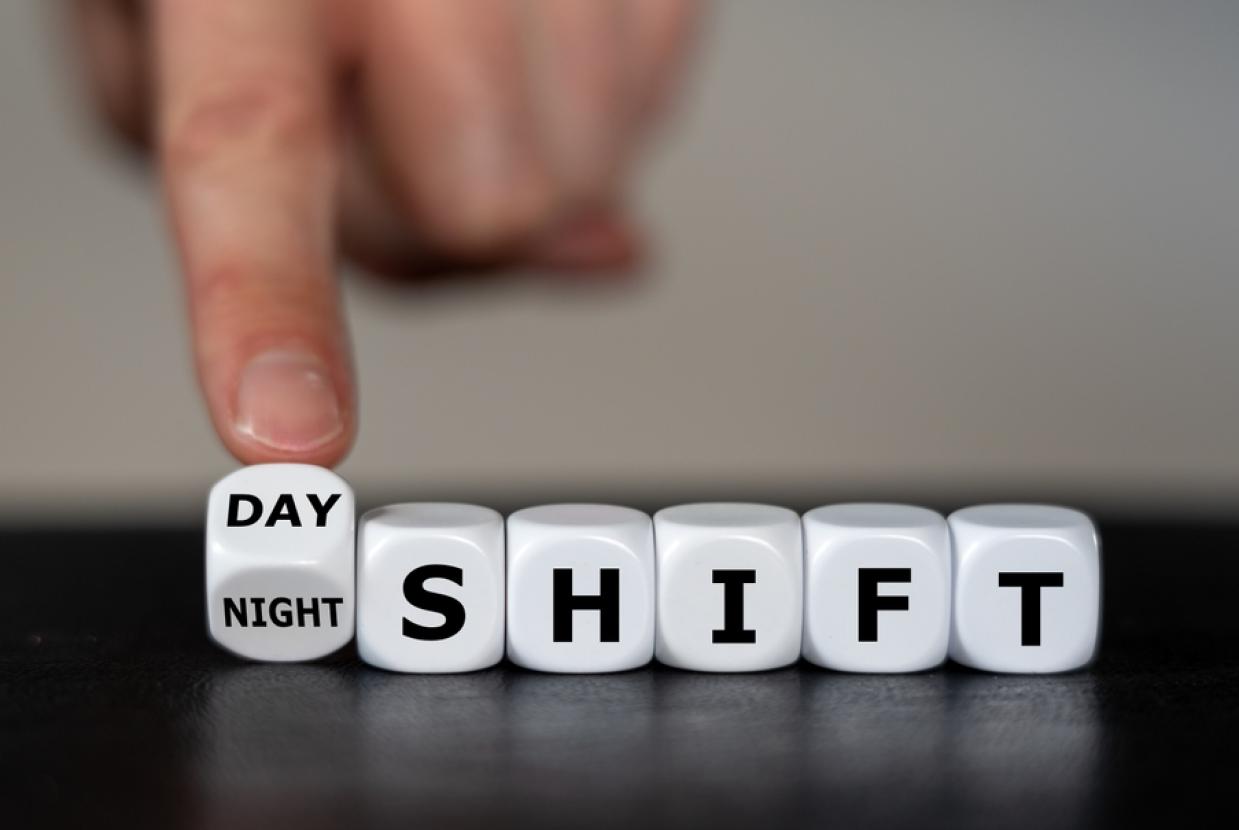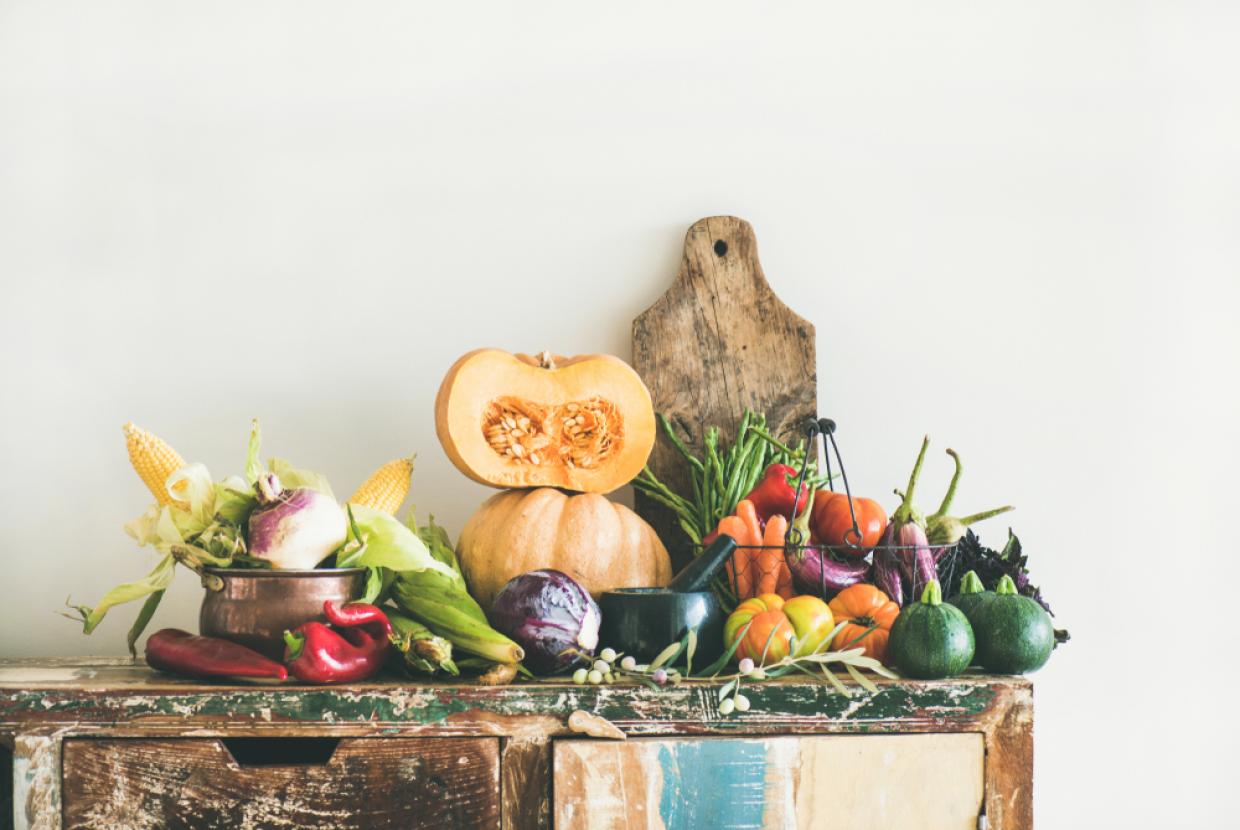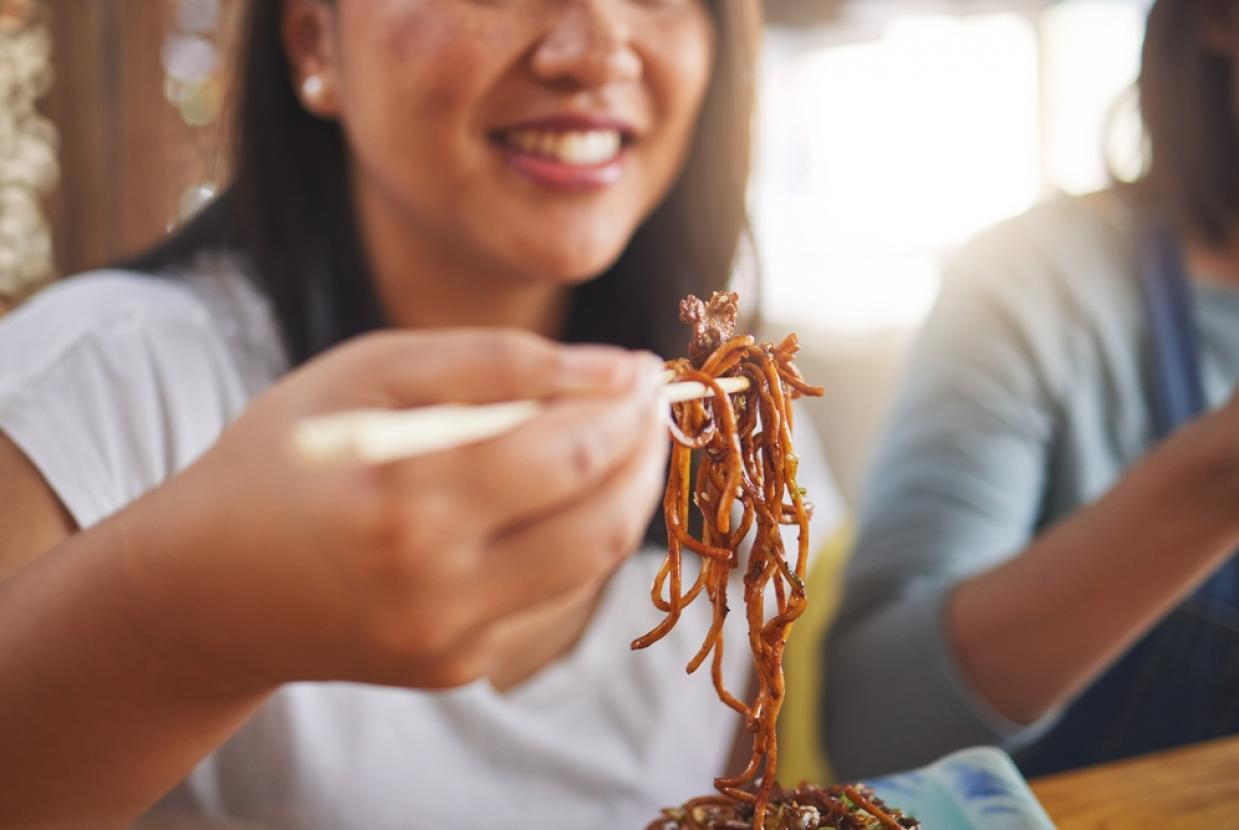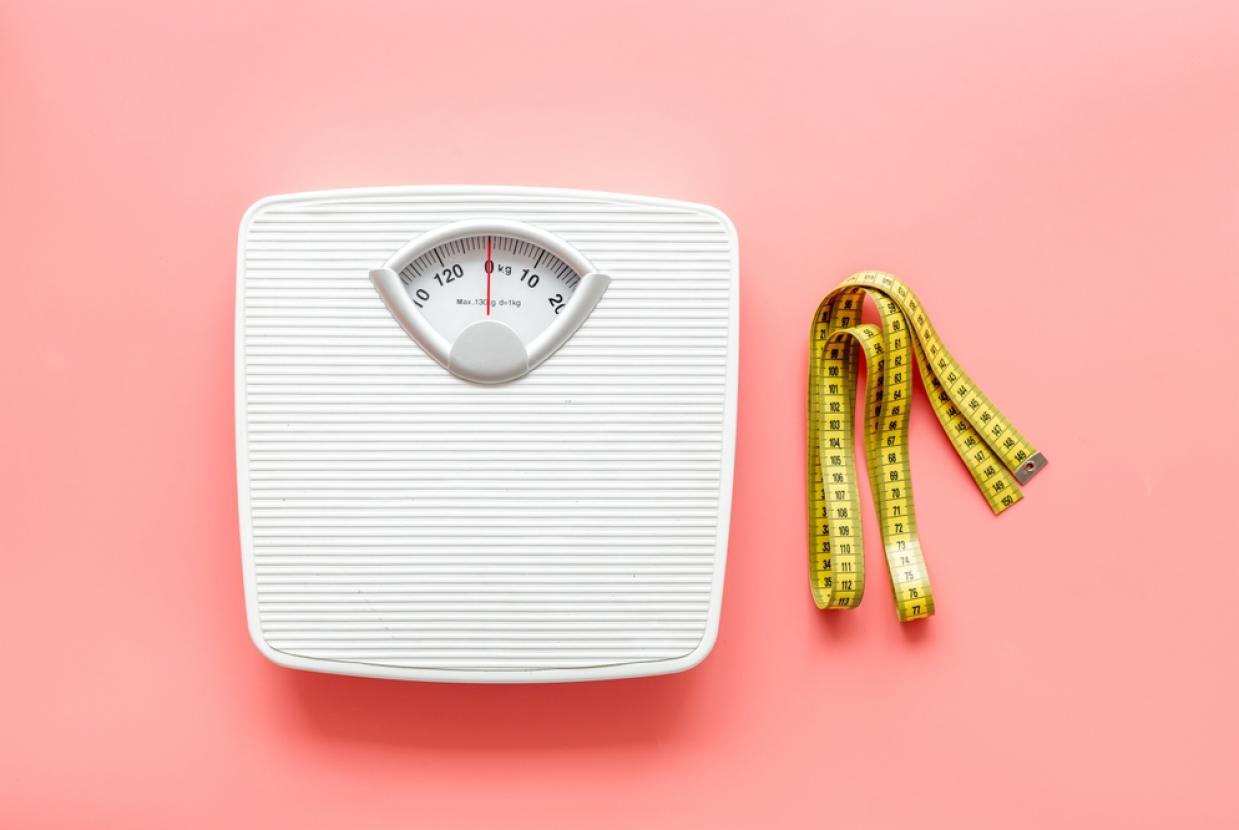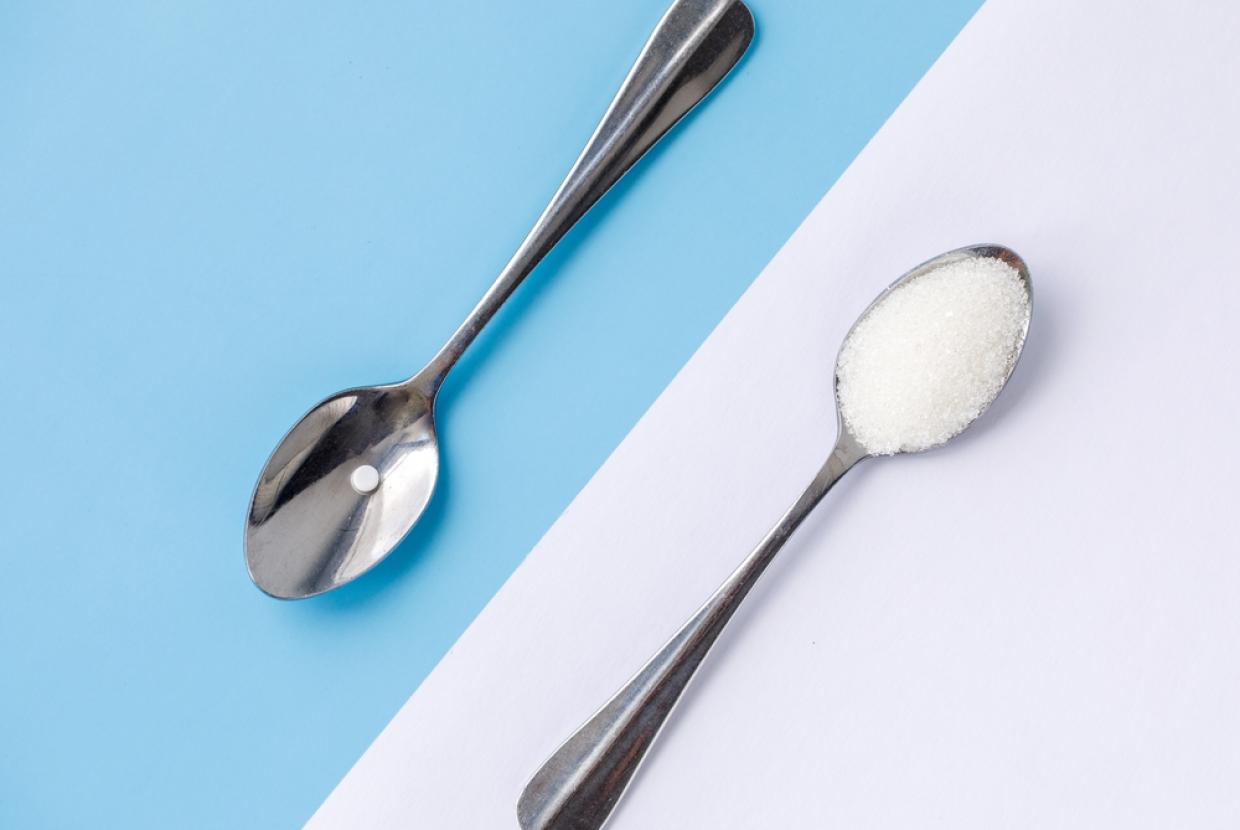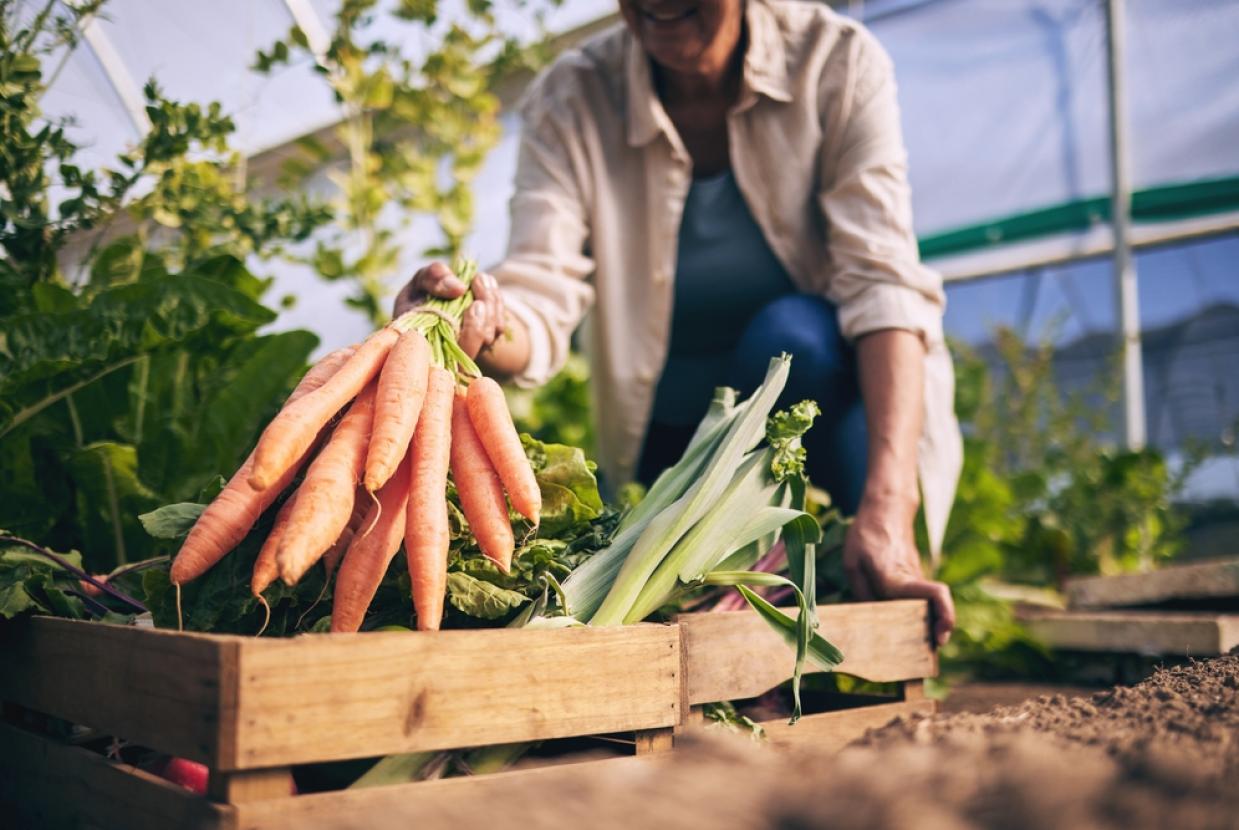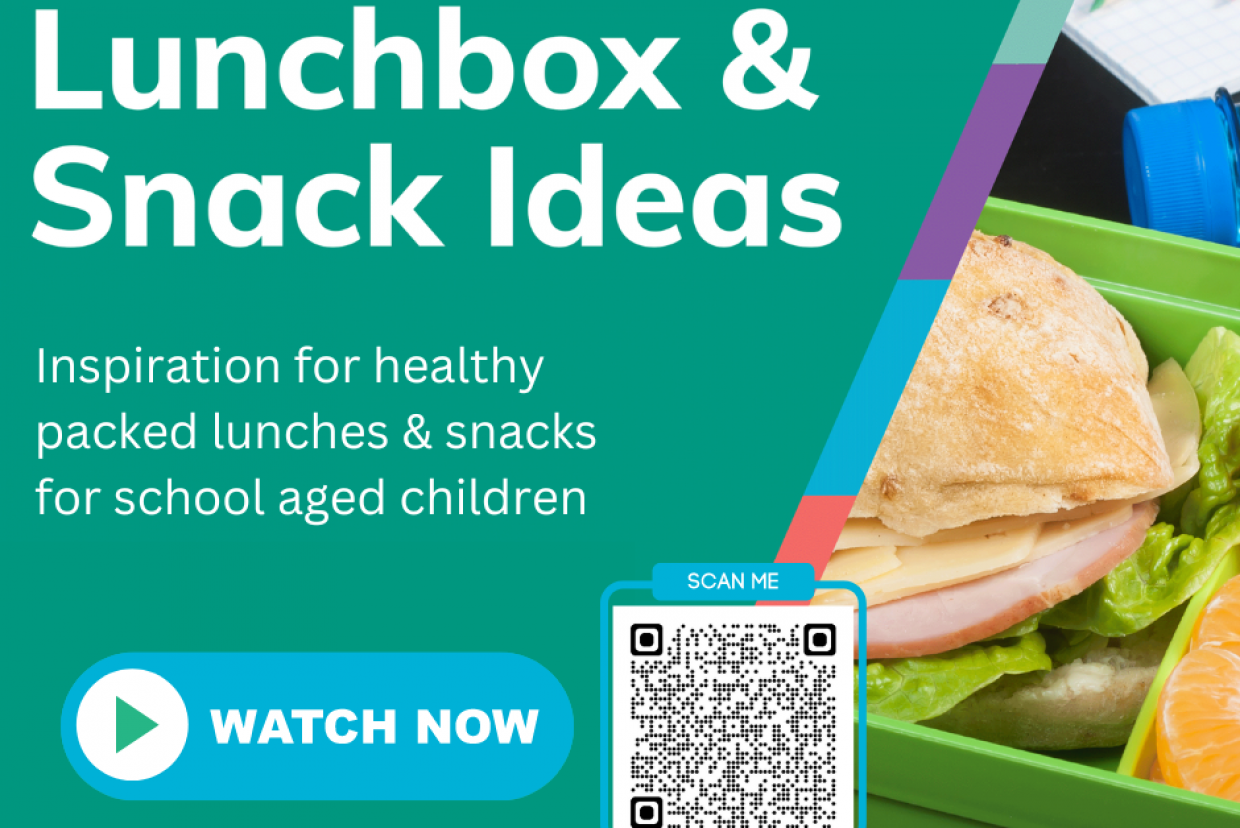Salt: The Facts
Healthy DietA diet high in salt can cause raised blood pressure, which can increase your risk of heart disease and stroke. High blood pressure often has no symptoms, and many people who have high blood pressure do not know it. For tips on how to cut down on salt, read Tips for a lower-salt diet.
How much salt?
Adults should eat no more than 6g of salt a day (2.4g sodium) – that's around 1 teaspoon.
Children aged:
- 1 to 3 years should eat no more than 2g salt a day (0.8g sodium)
- 4 to 6 years should eat no more than 3g salt a day (1.2g sodium)
- 7 to 10 years should eat no more than 5g salt a day (2g sodium)
- 11 years and over should eat no more than 6g salt a day (2.4g sodium)
Babies
Babies should not eat much salt, because their kidneys are not fully developed to process it.
Babies under 1 year old should have less than 1g of salt a day.
If a baby is breastfed, they will get the right amount of minerals, including sodium and chloride, from breast milk. Formula milk contains a similar amount of minerals to breast milk.
Do not add salt to your baby's milk or food and do not use stock cubes or gravy as they're often high in salt and their kidneys cannot cope with it.
Remember this when you're cooking for the family if you plan to give the same food to your baby.
Avoid giving your baby processed foods such as ready meals as these are often high in salt.
Food manufactured specifically for babies should meet the recommended levels. If in doubt, always check the label.
Salt or sodium?
Some food labels may only state the sodium content. Do not confuse salt and sodium figures.
To convert sodium to salt, you need to multiply the sodium amount by 2.5. For example, 1g of sodium per 100g is 2.5 grams of salt per 100g.
Adults should eat no more than 2.4g of sodium per day, as this is equal to 6g of salt.
Check salt on labels
Look out for the salt content in the everyday foods you buy, and choose lower-salt options. Nutrition labels on food packaging now make this a lot easier.
Most pre-packed foods have a nutrition label on the back or side of the packaging.
Many foods also display information about the salt content on the front of the packaging.
This may show the salt content as a percentage of your reference intake (RI), or have colour-coded nutrition information to show whether the salt content is:
- green (low)
- amber (medium)
- red (high)
Try to eat high-salt foods only occasionally, or in small amounts, and aim to mainly eat foods that are green or amber.
Foods that contain salt
Some foods are almost always high in salt because of the way they are made.
Other foods, such as bread and breakfast cereals, can contribute a lot of salt to our diet. But that's not because these foods are always high in salt – it's because we eat a lot of them.
High-salt foods
The following foods are almost always high in salt. To cut down on salt, eat them less often and have smaller amounts:
- anchovies
- bacon
- cheese
- gravy granules
- ham
- olives
- pickles
- prawns
- salami
- salted and dry-roasted nuts
- salt fish
- smoked meat and fish
- soy sauce
- stock cubes
- yeast extract
Foods that can be high in salt
In the following foods, the salt content can vary widely between different brands or varieties.
That means you can cut down on salt by comparing brands and choosing the one that is lower in salt. Nutrition labels can help you do this.
The Change4Life Food Scanner can help you check how much salt you or your child is having. Using your smartphone, the app can scan the barcode on food packets to find out exactly how much salt it contains.
These foods include:
- bread products such as crumpets, bagels and ciabatta
- pasta sauces
- crisps
- pizza
- ready meals
- soup
- sandwiches
- sausages
- tomato ketchup, mayonnaise and other sauces
- breakfast cereals
Soluble vitamin supplements and painkillers
If you routinely take an effervescent (dissolvable) vitamin supplement, or take effervescent painkillers when necessary, it's worth remembering that these can contain up to 1g salt per tablet. You may therefore wish to consider changing to a non-effervescent tablet, particularly if you have been advised to watch or reduce your salt intake.


